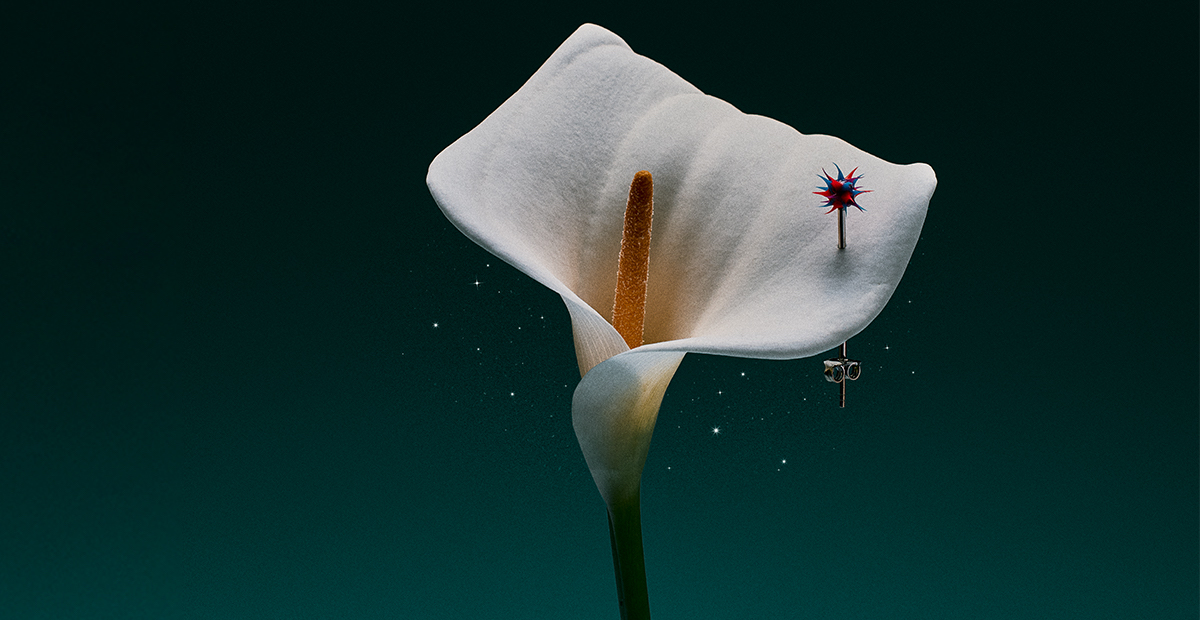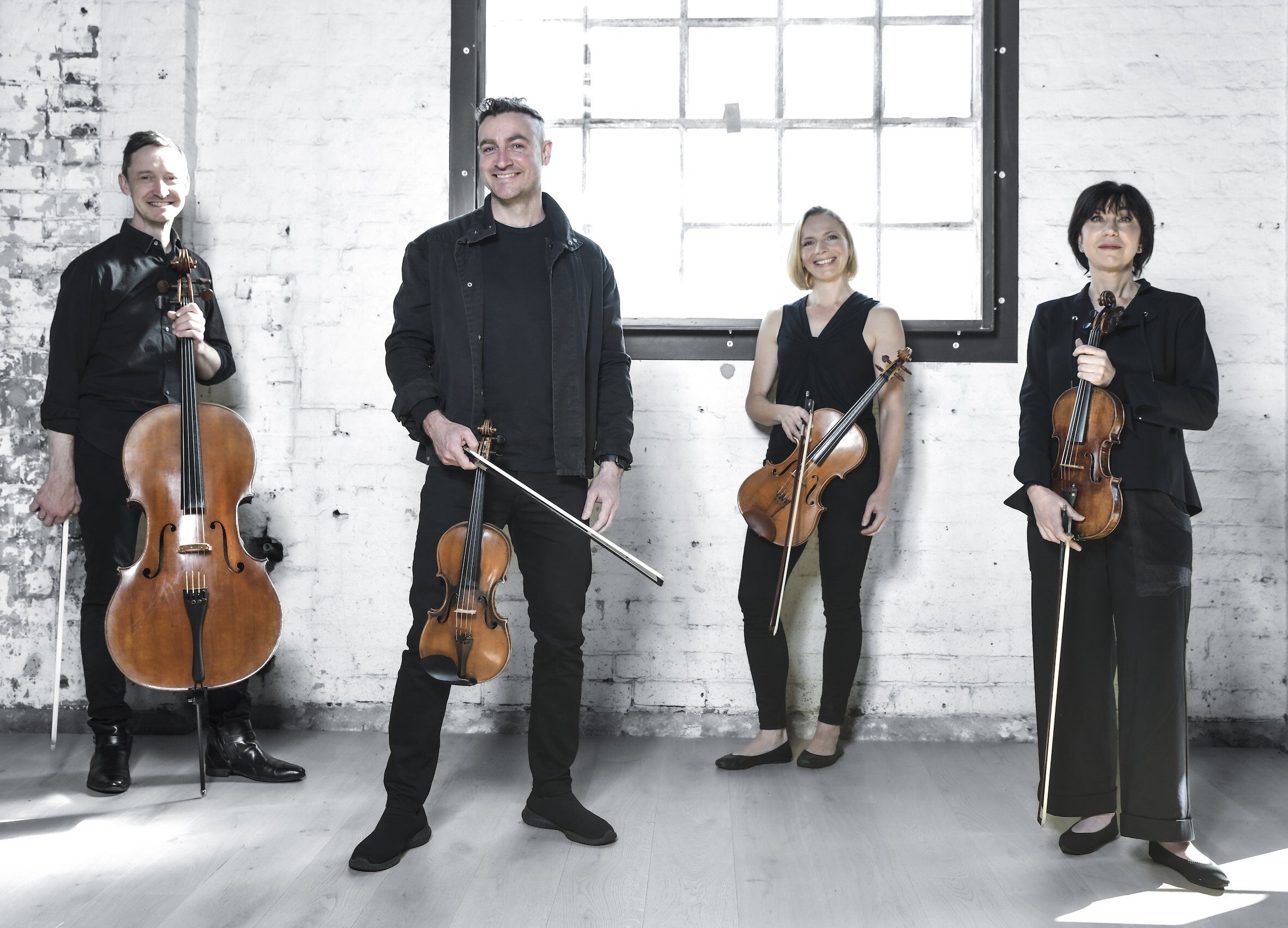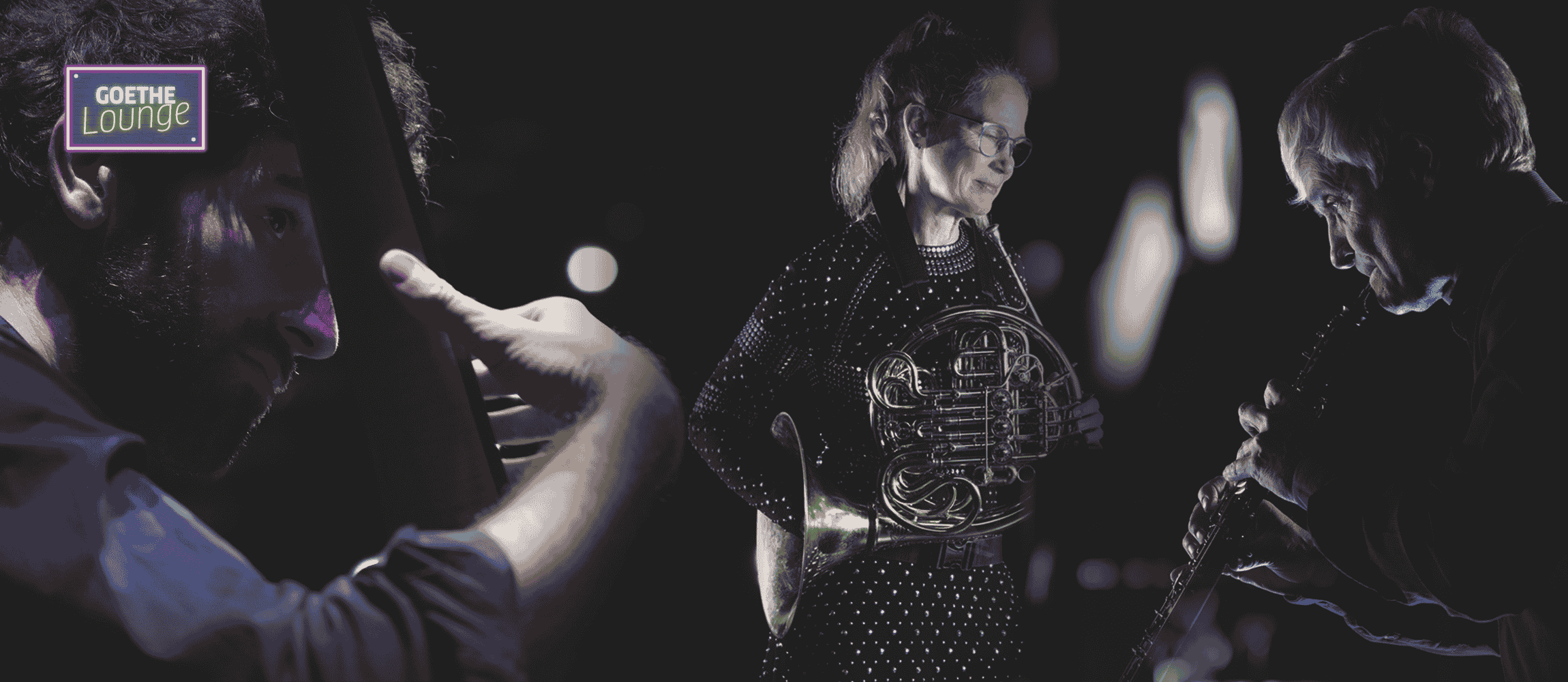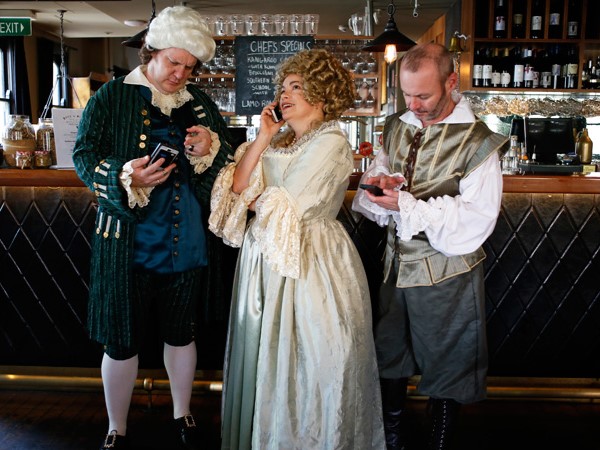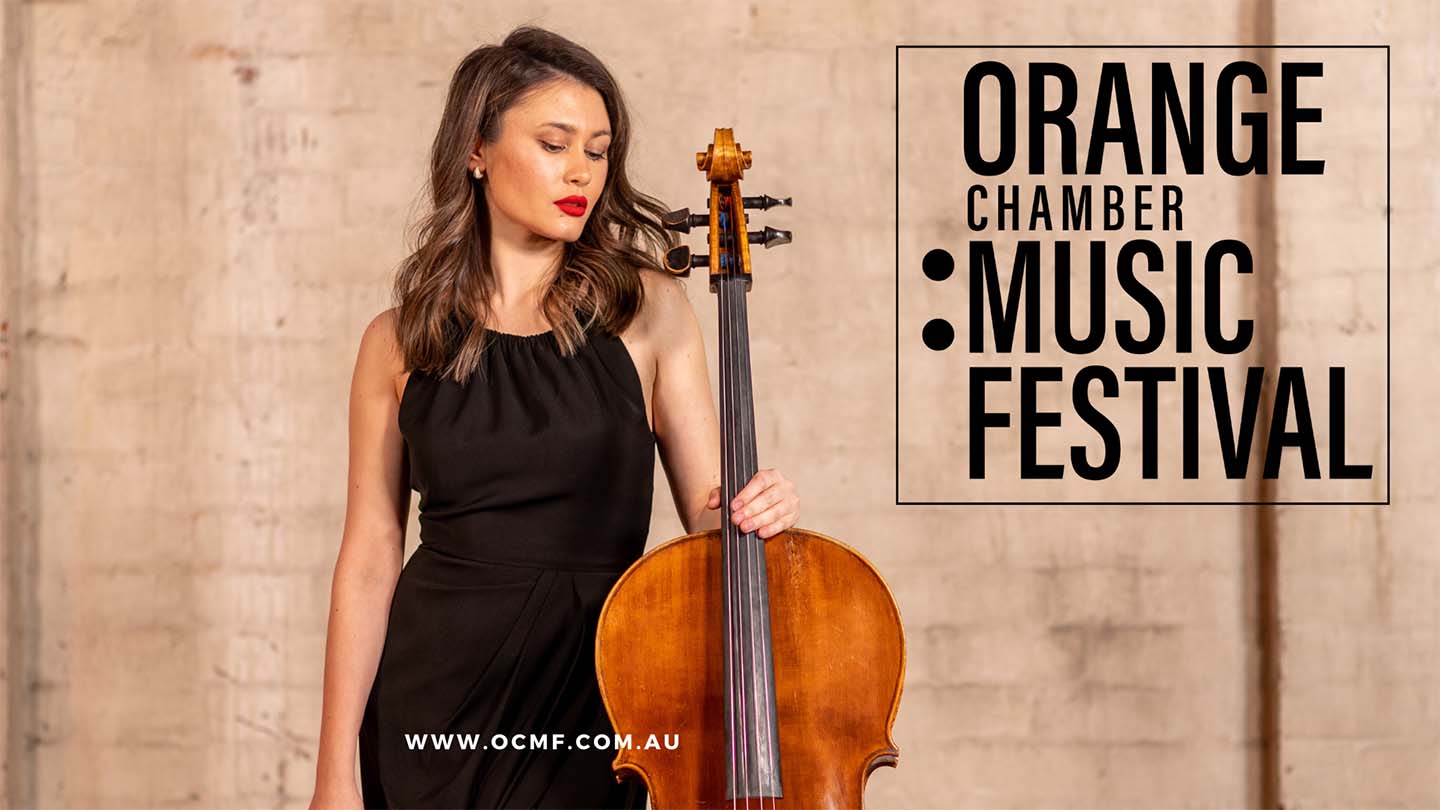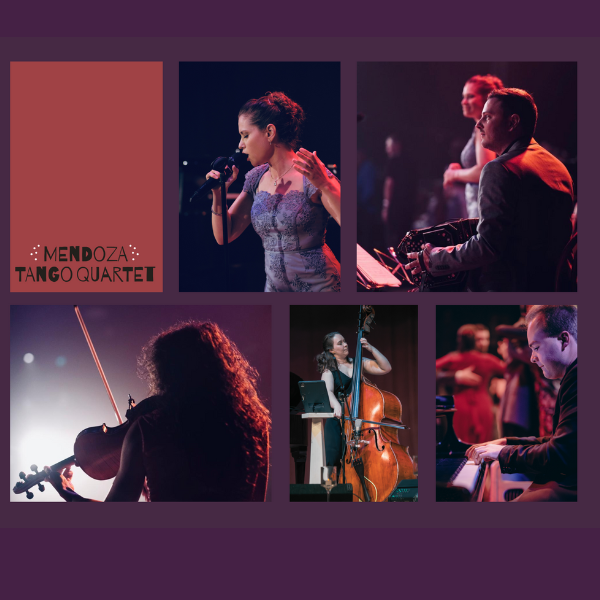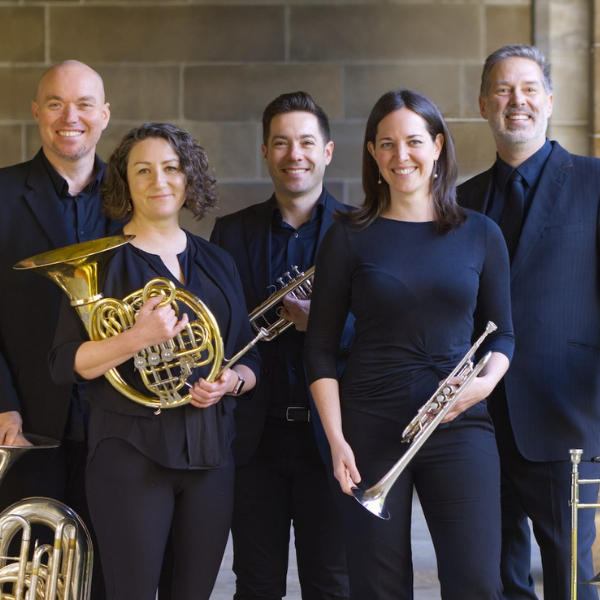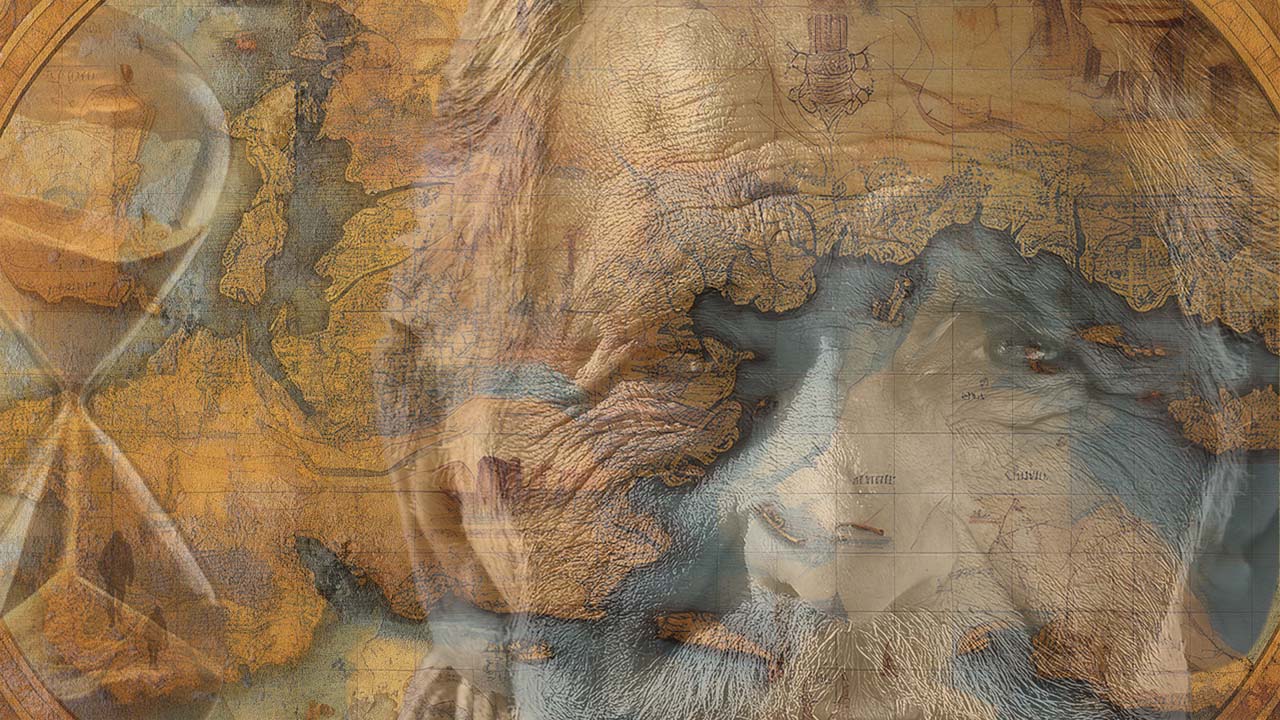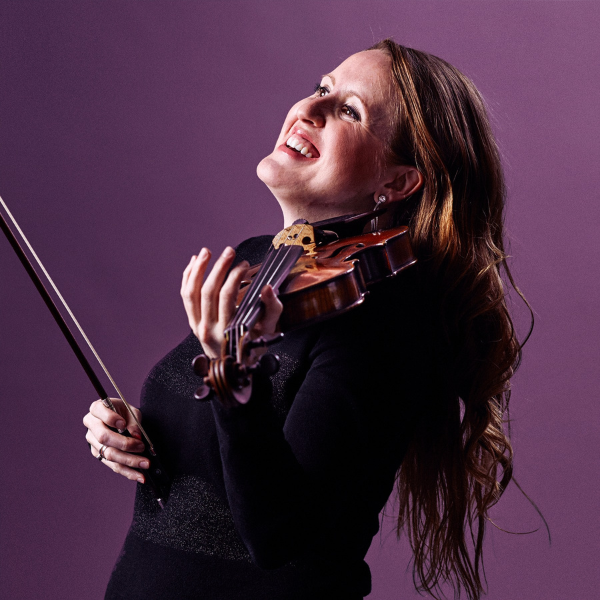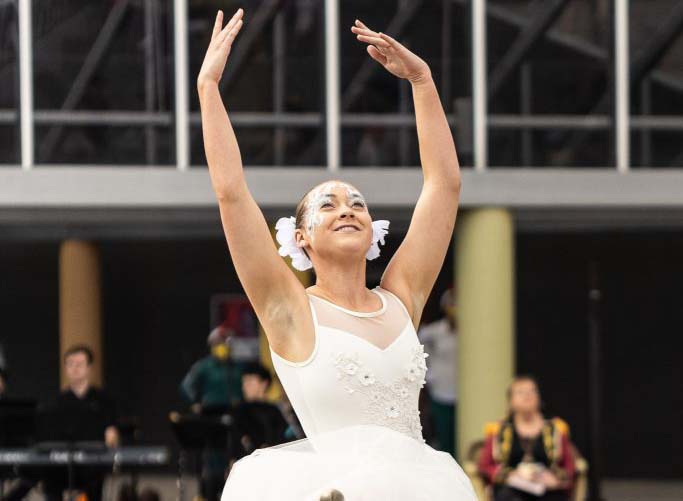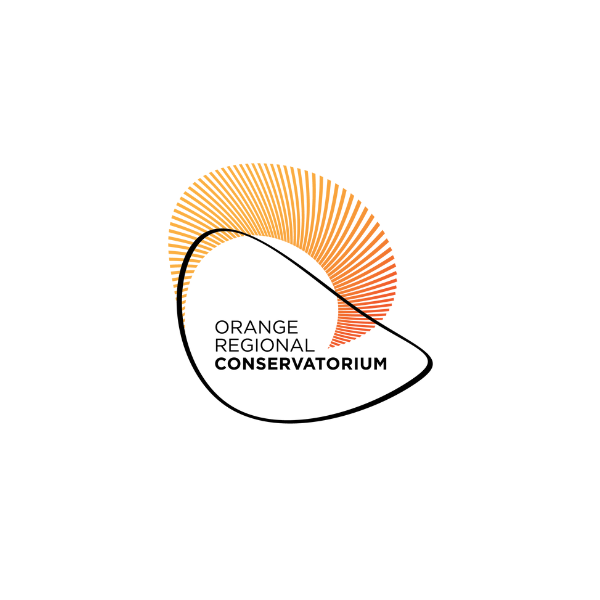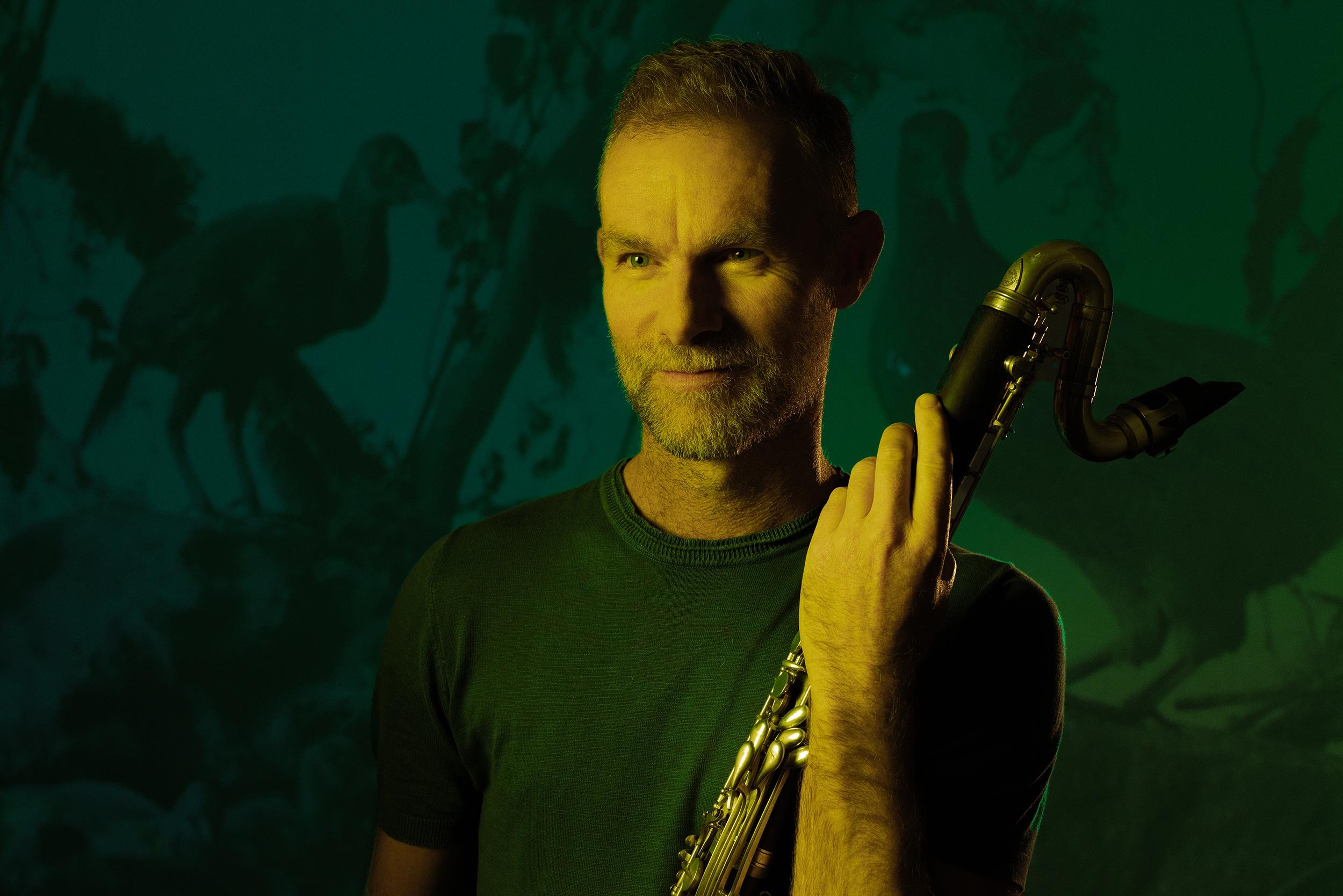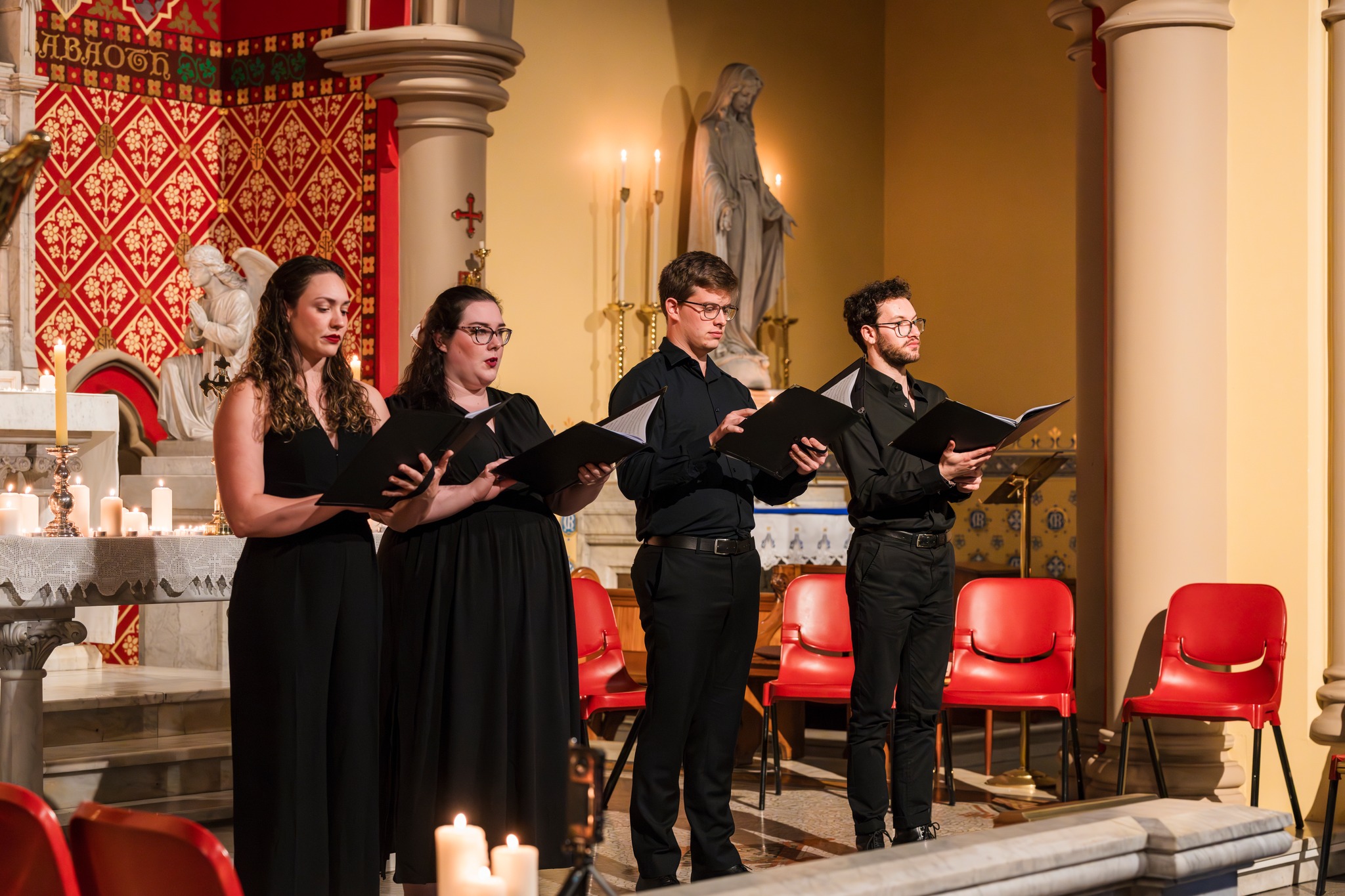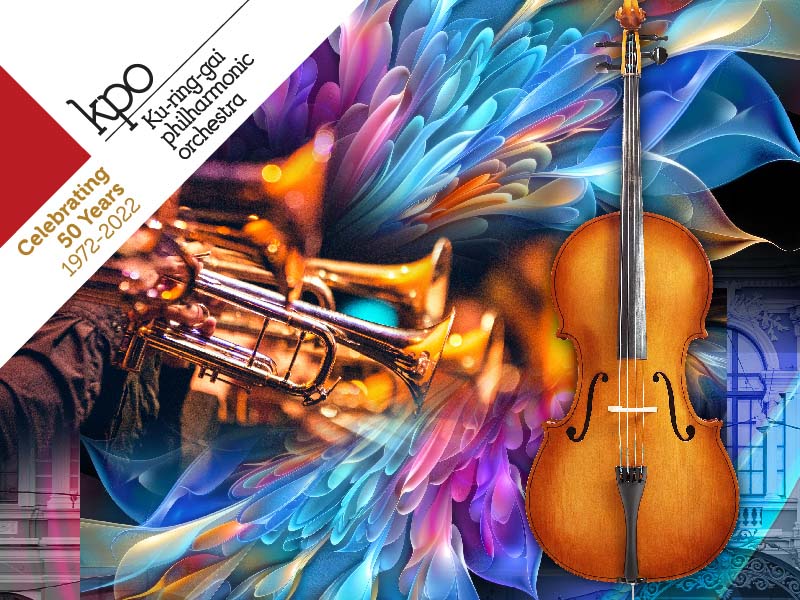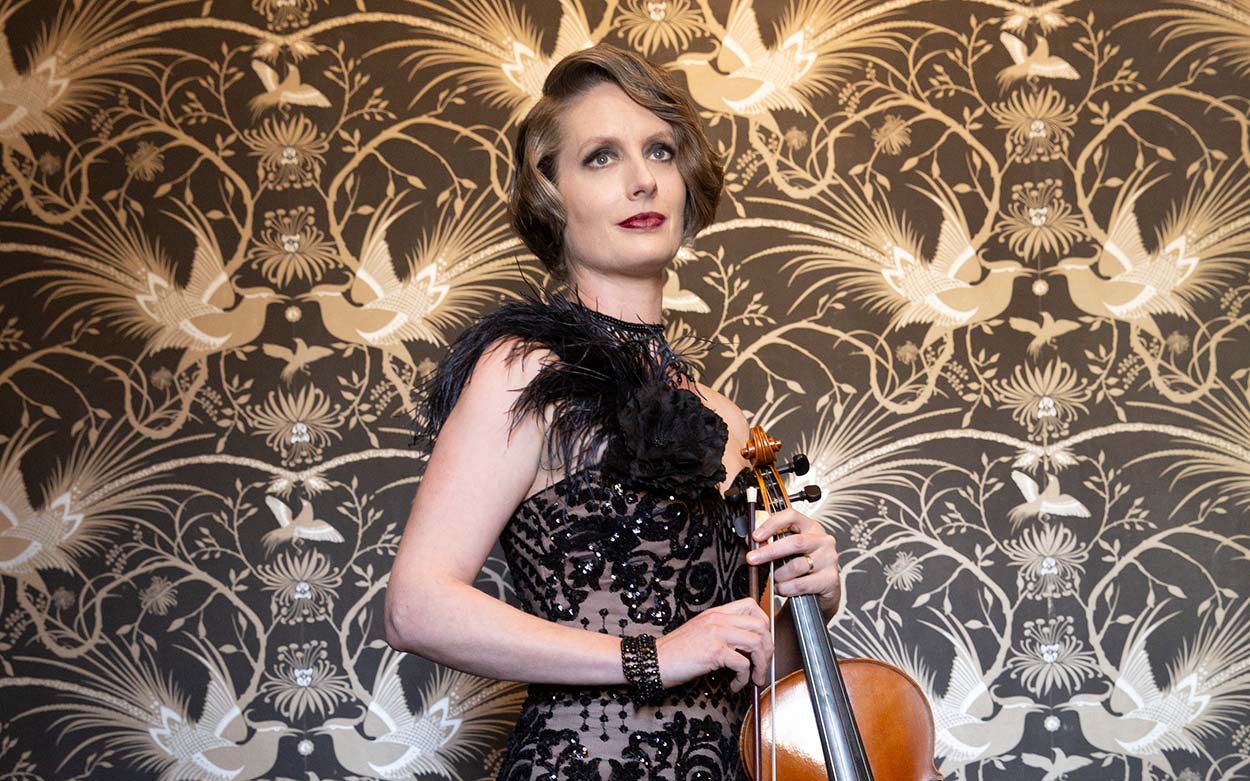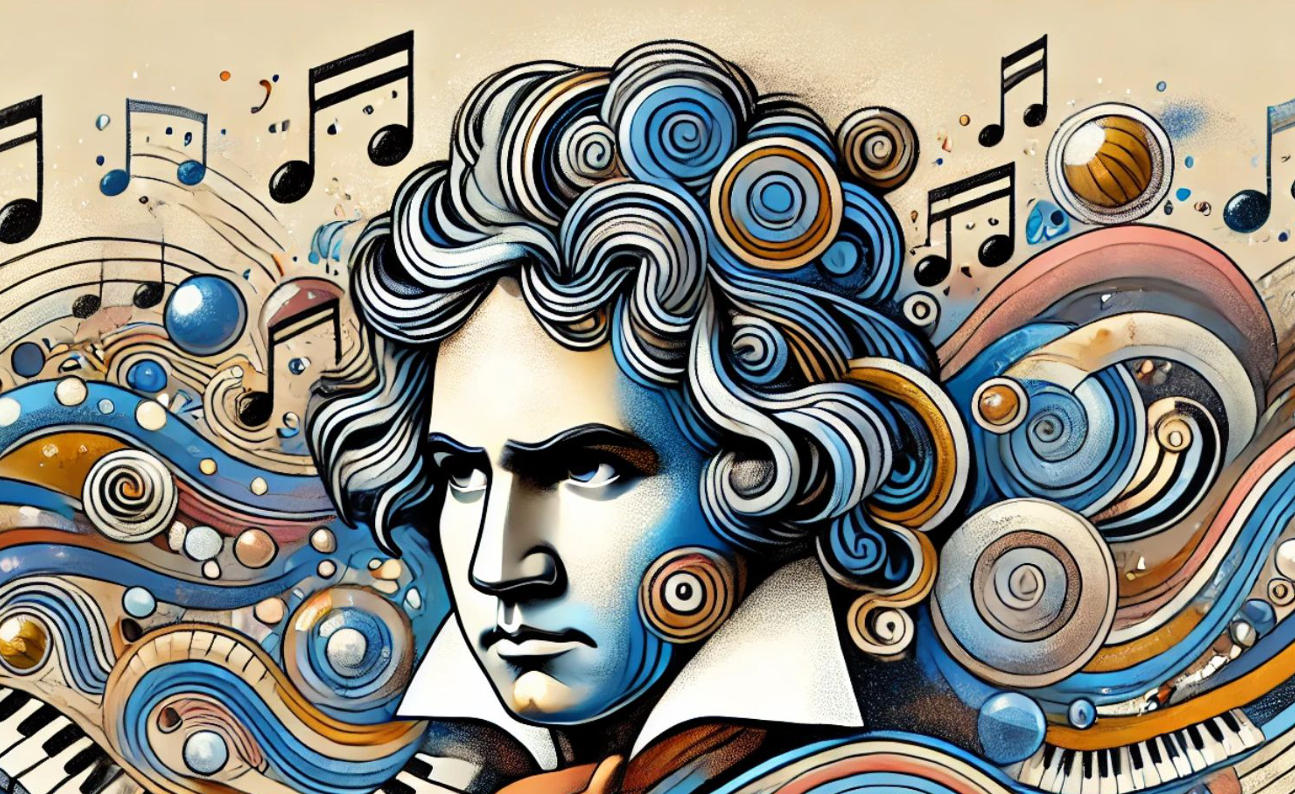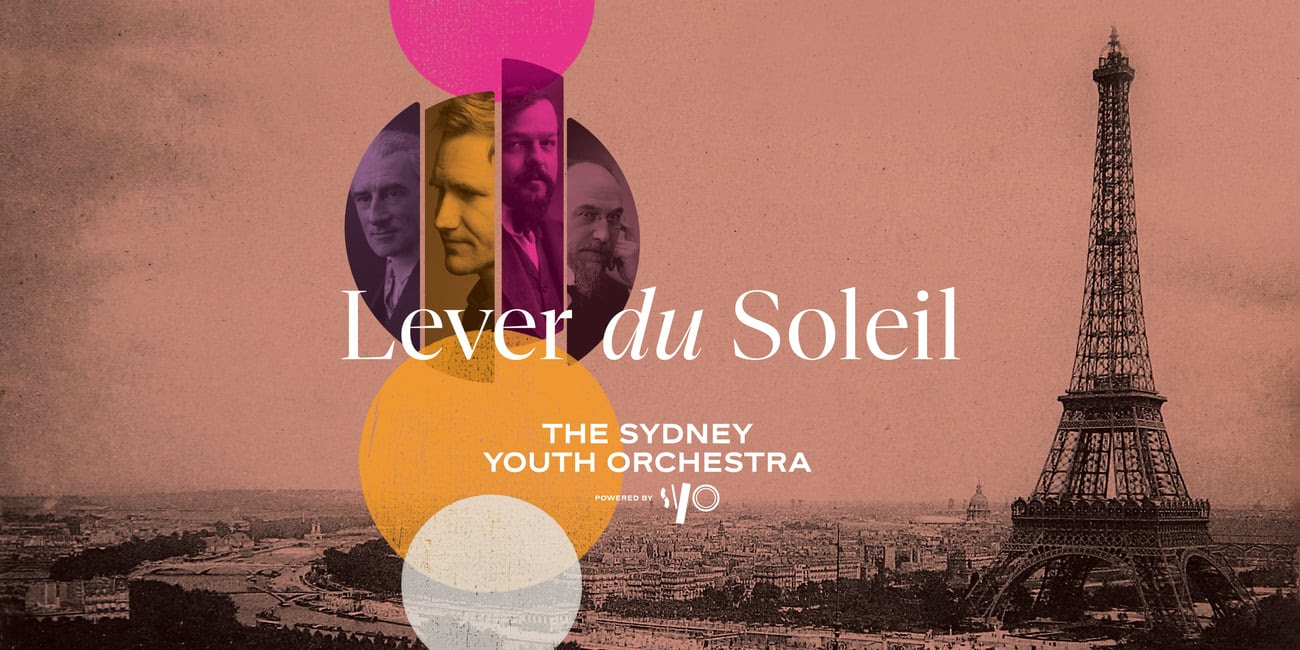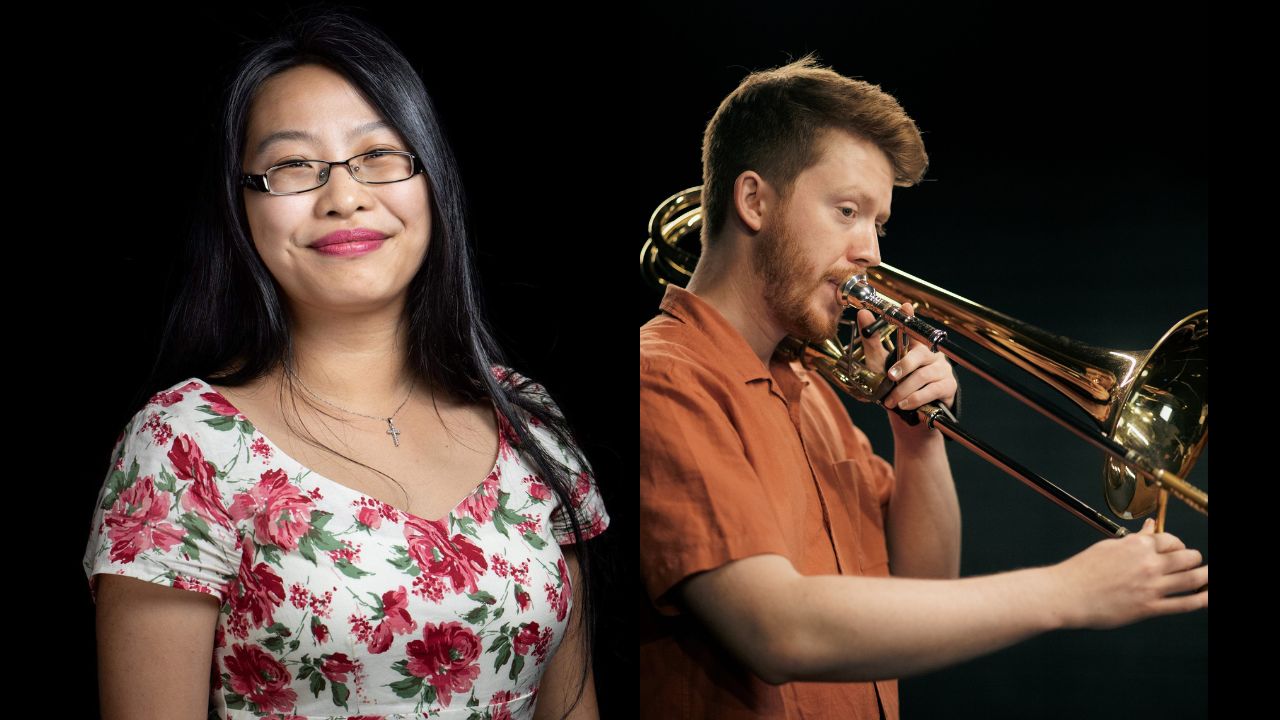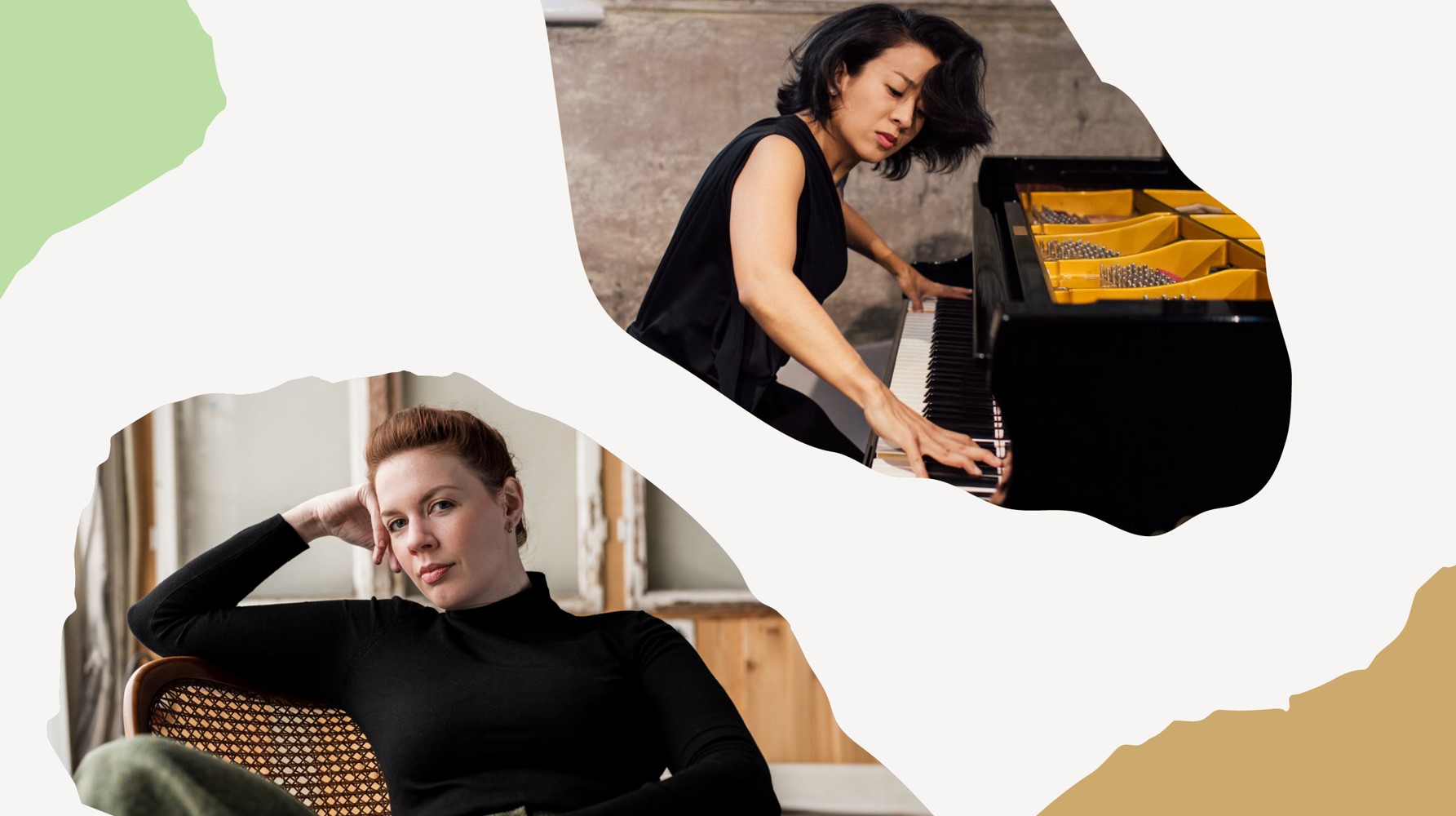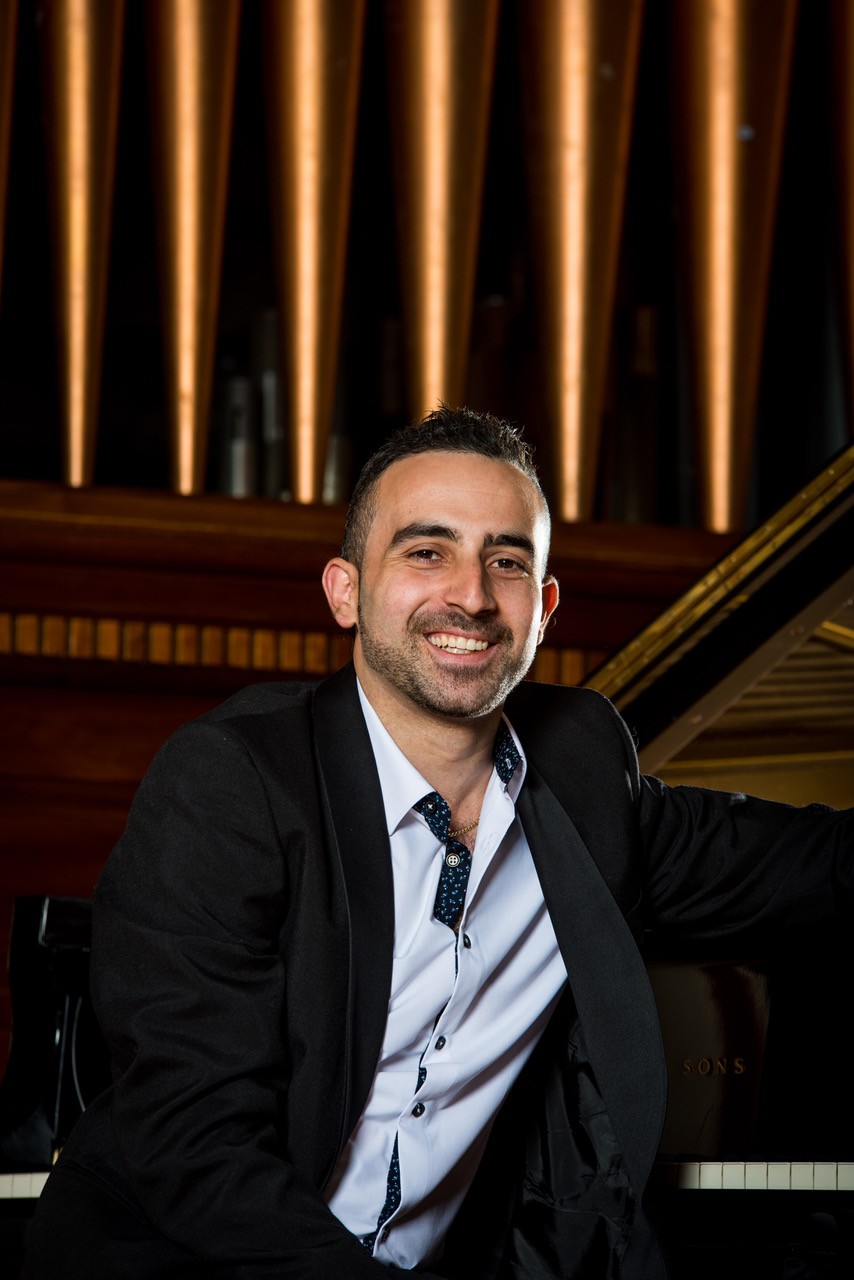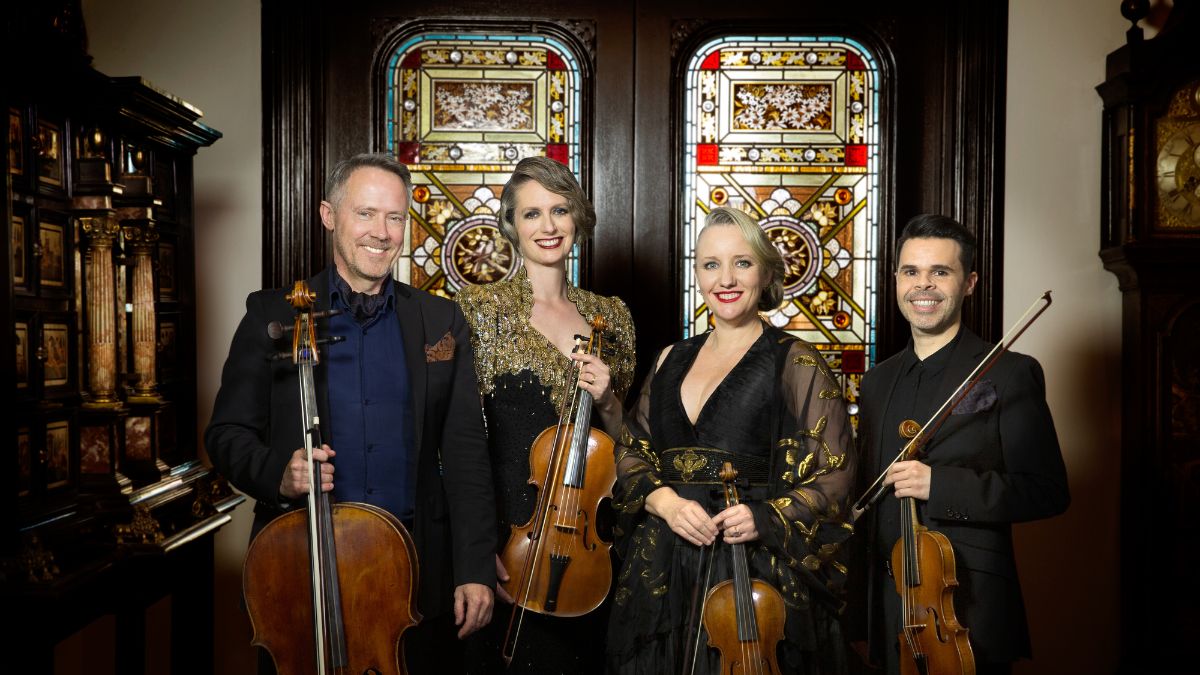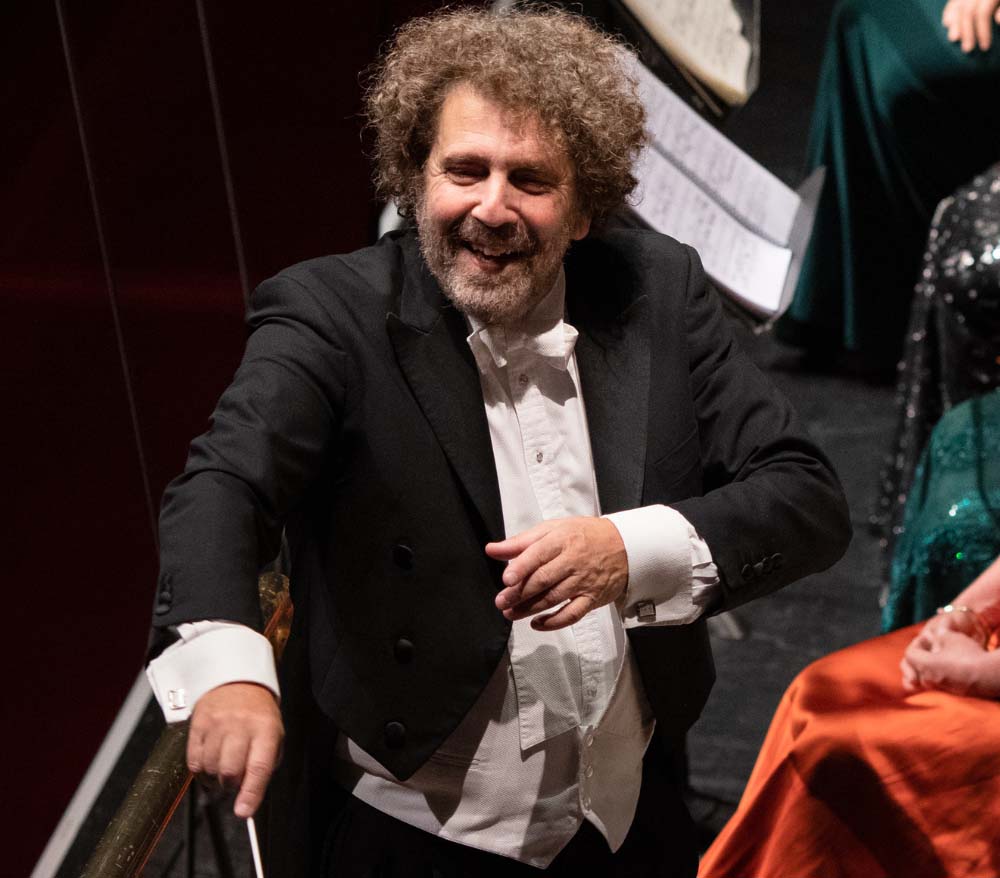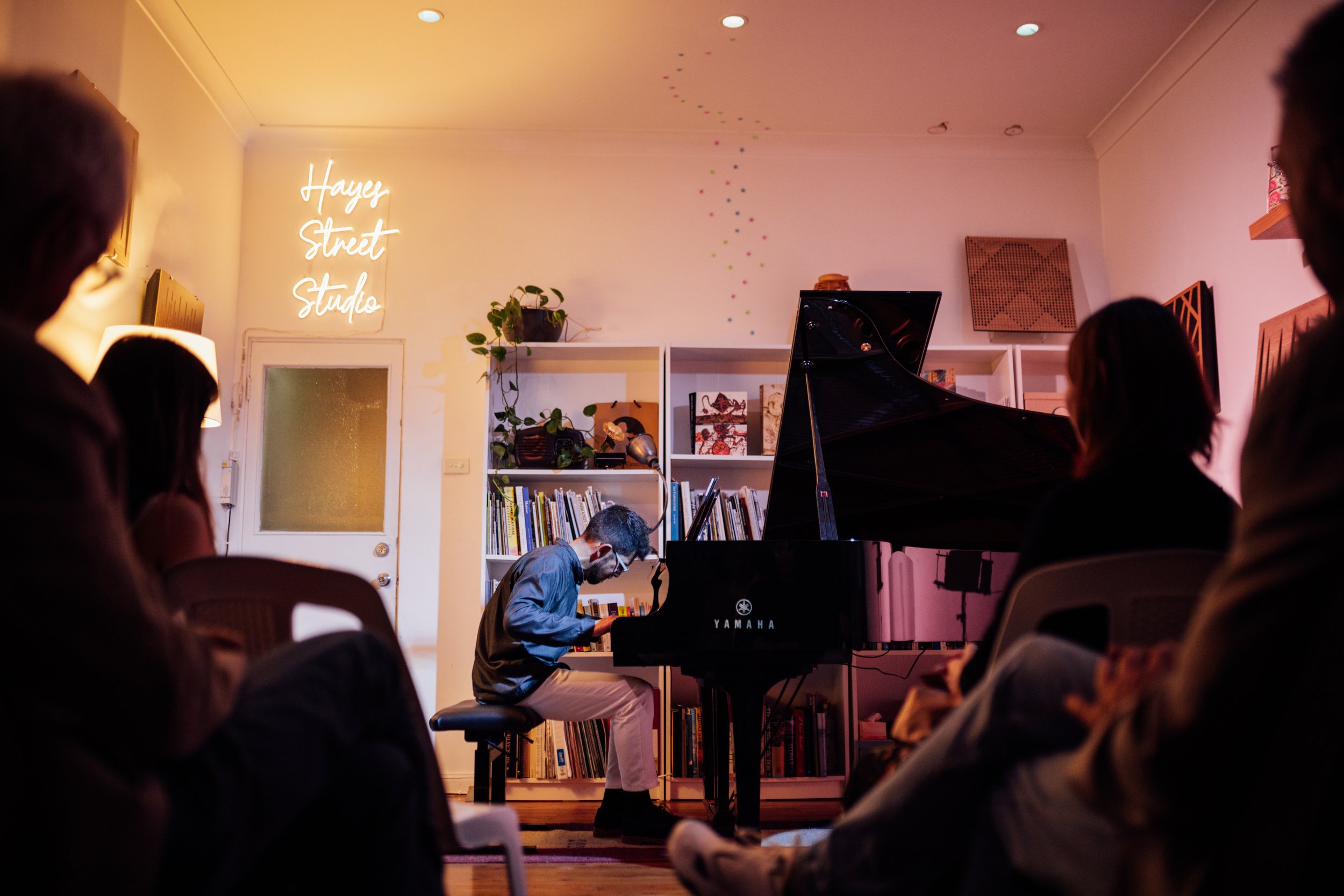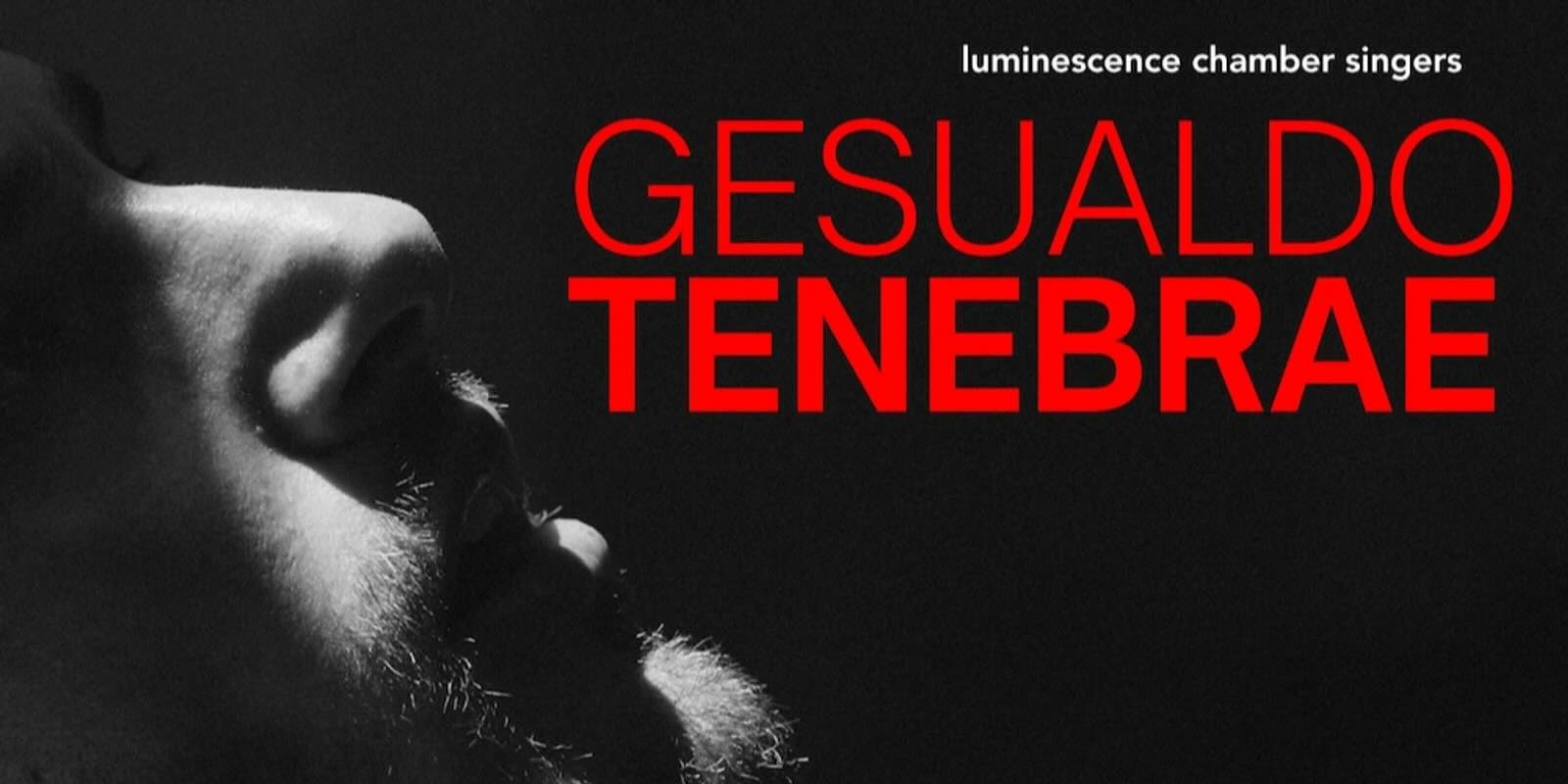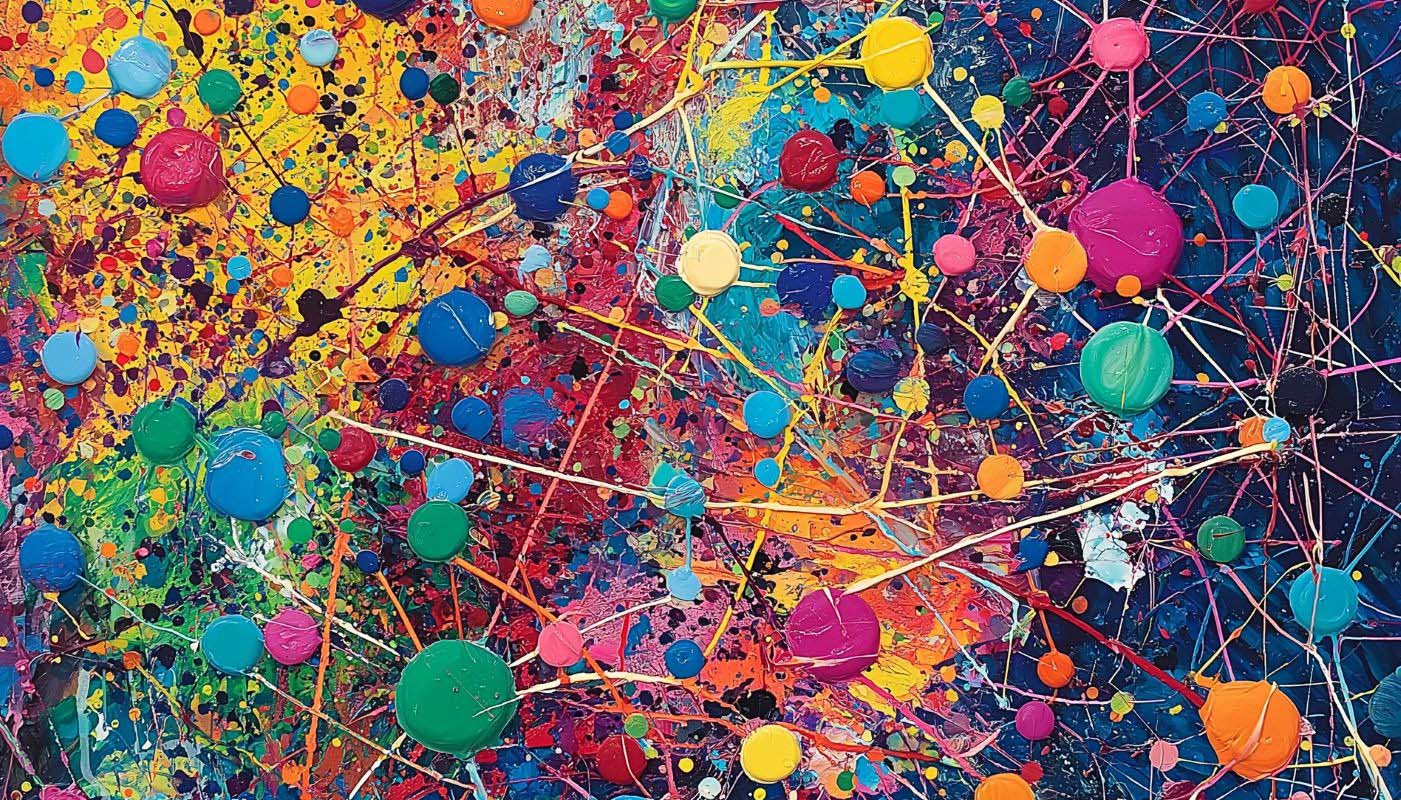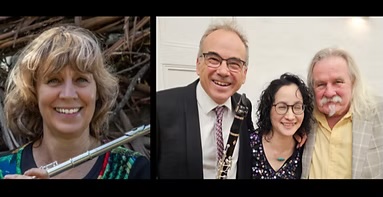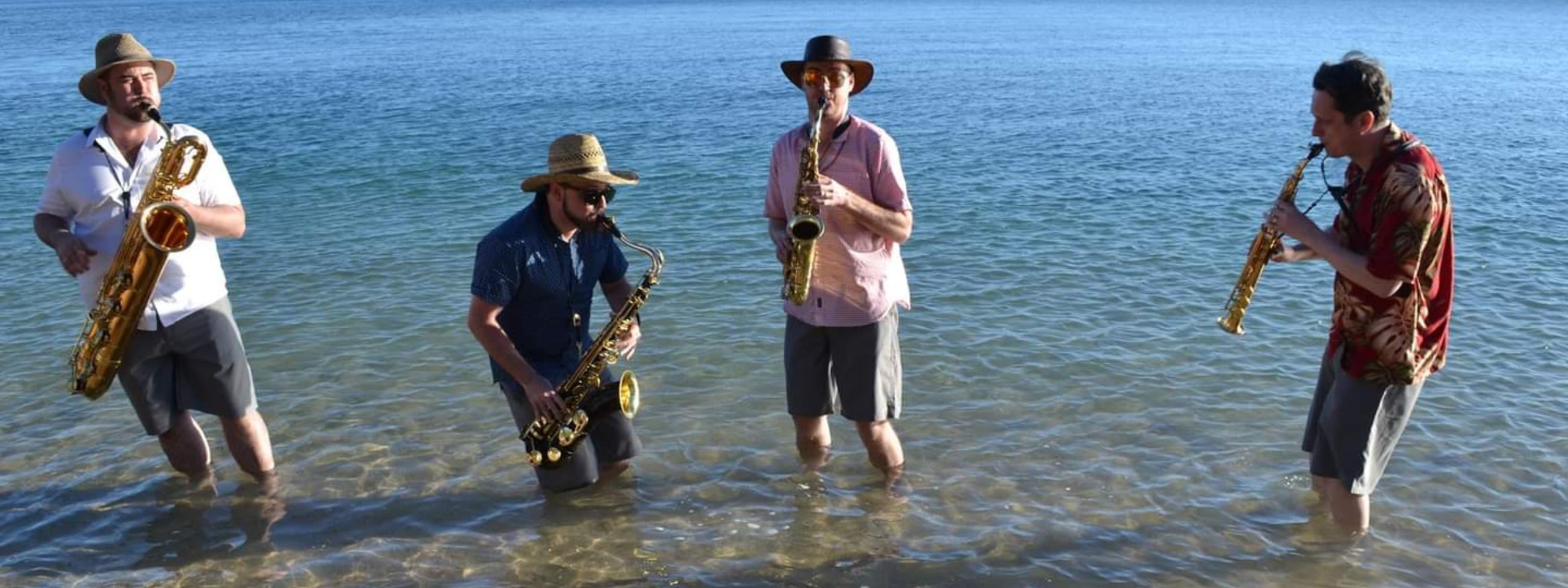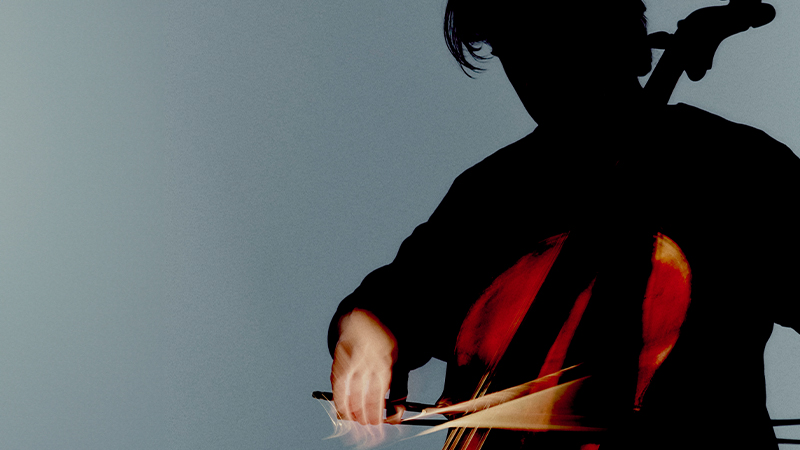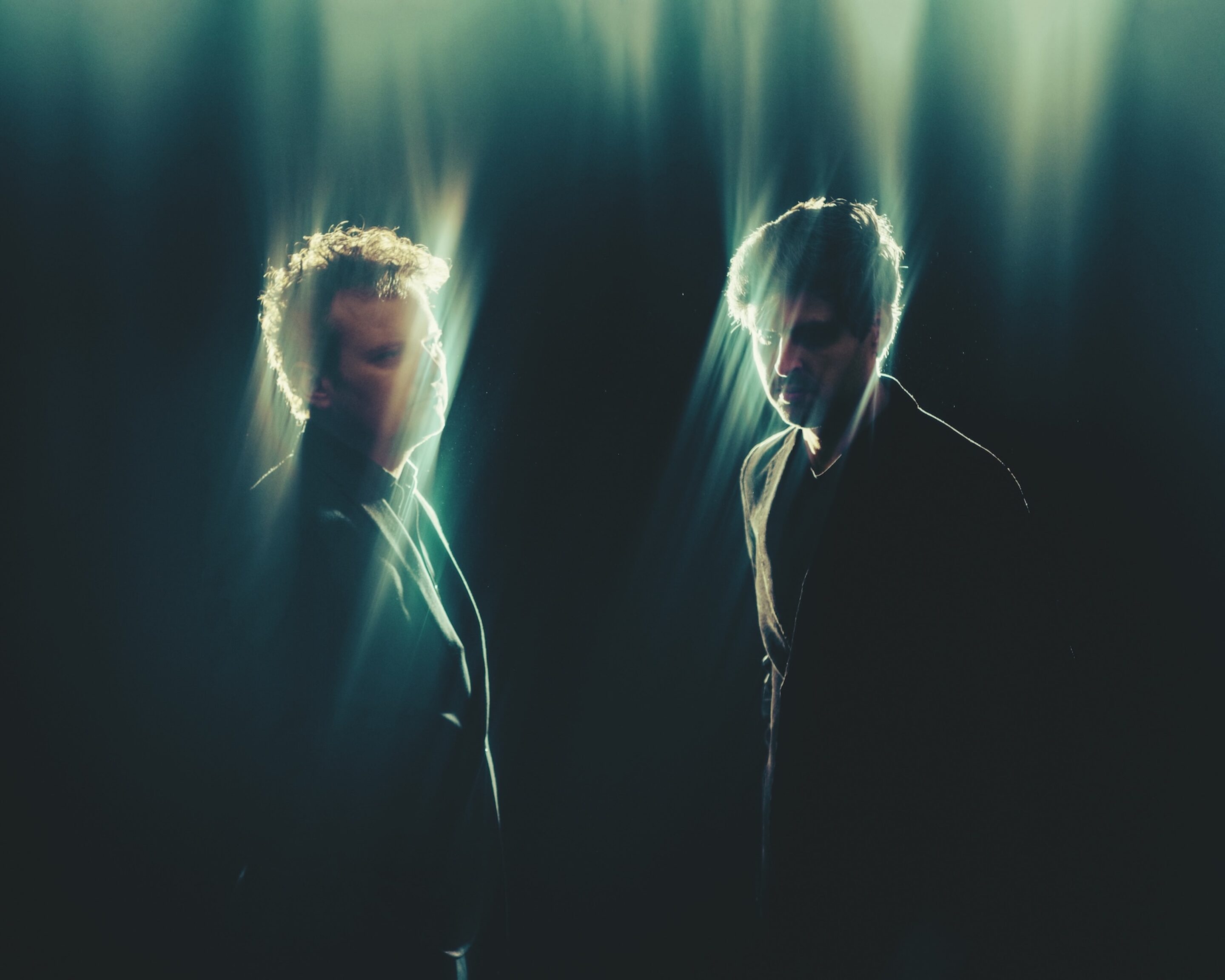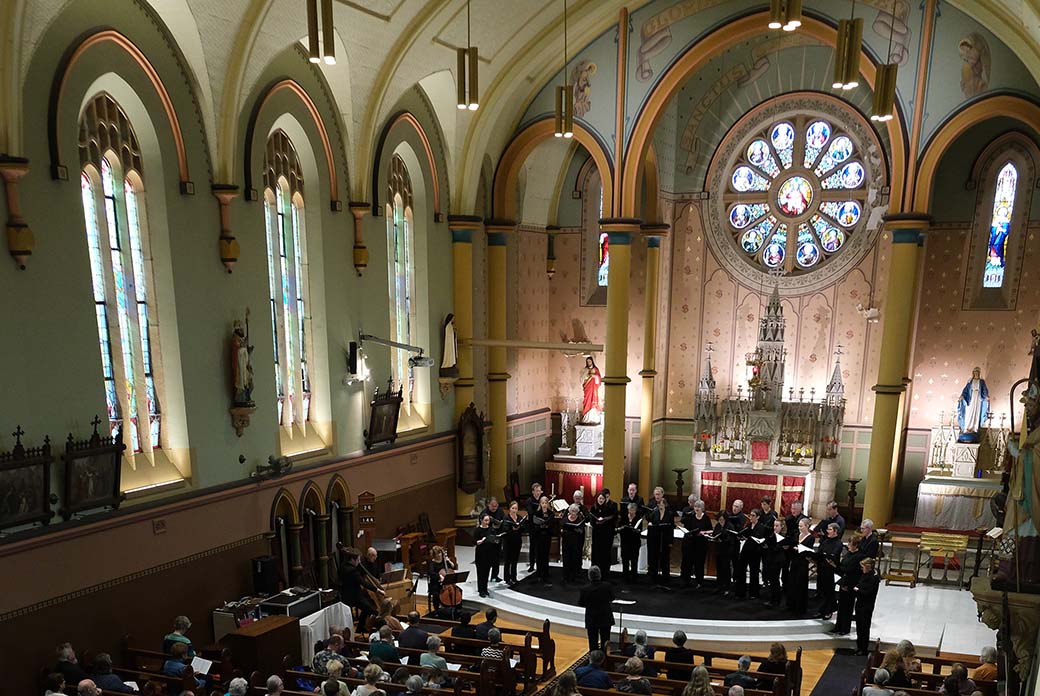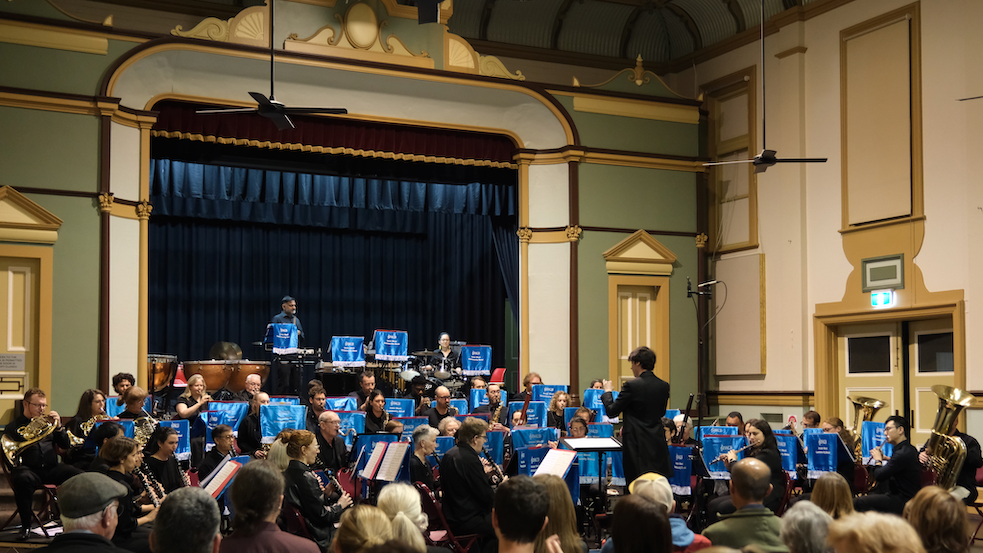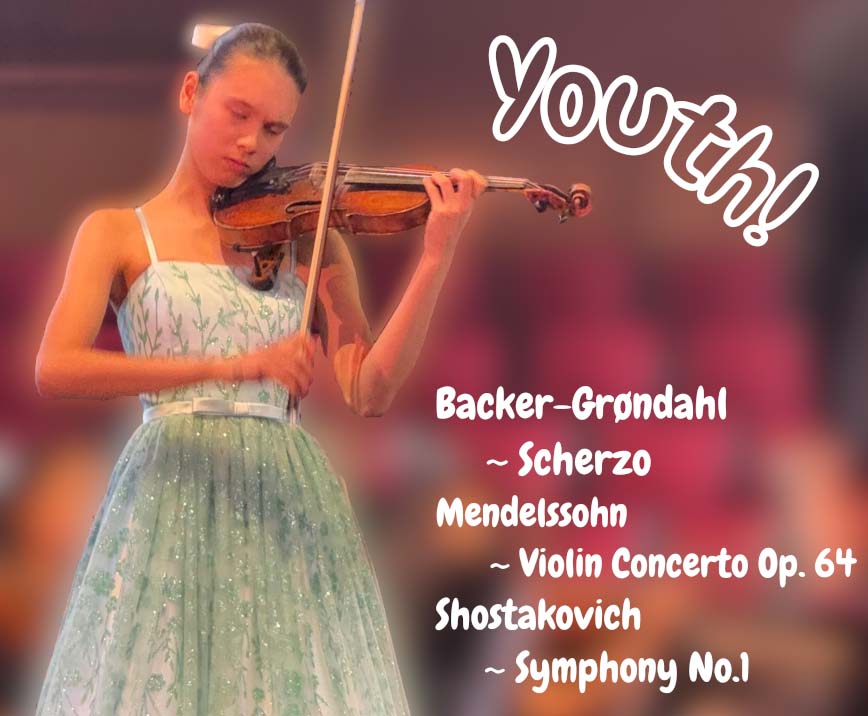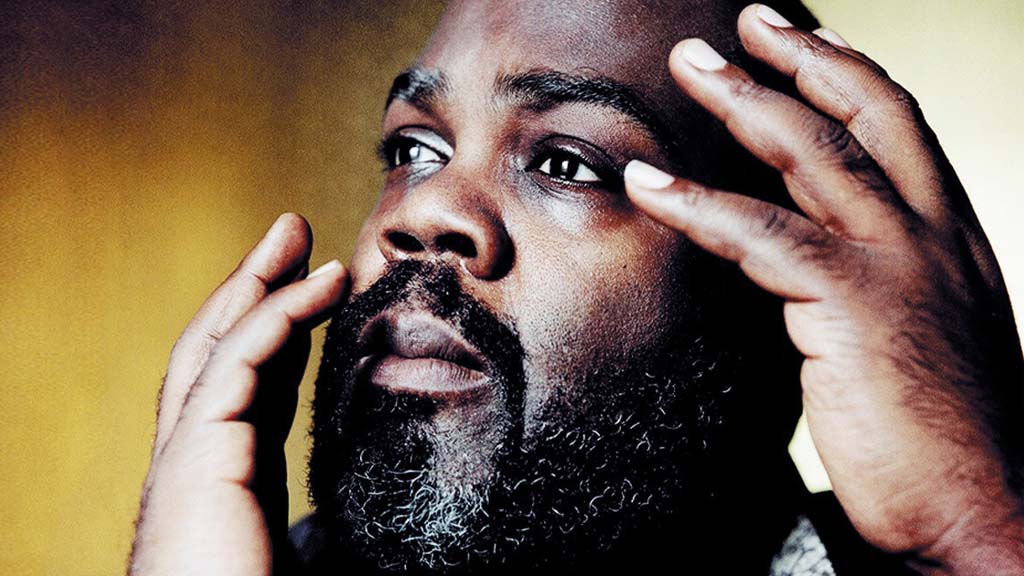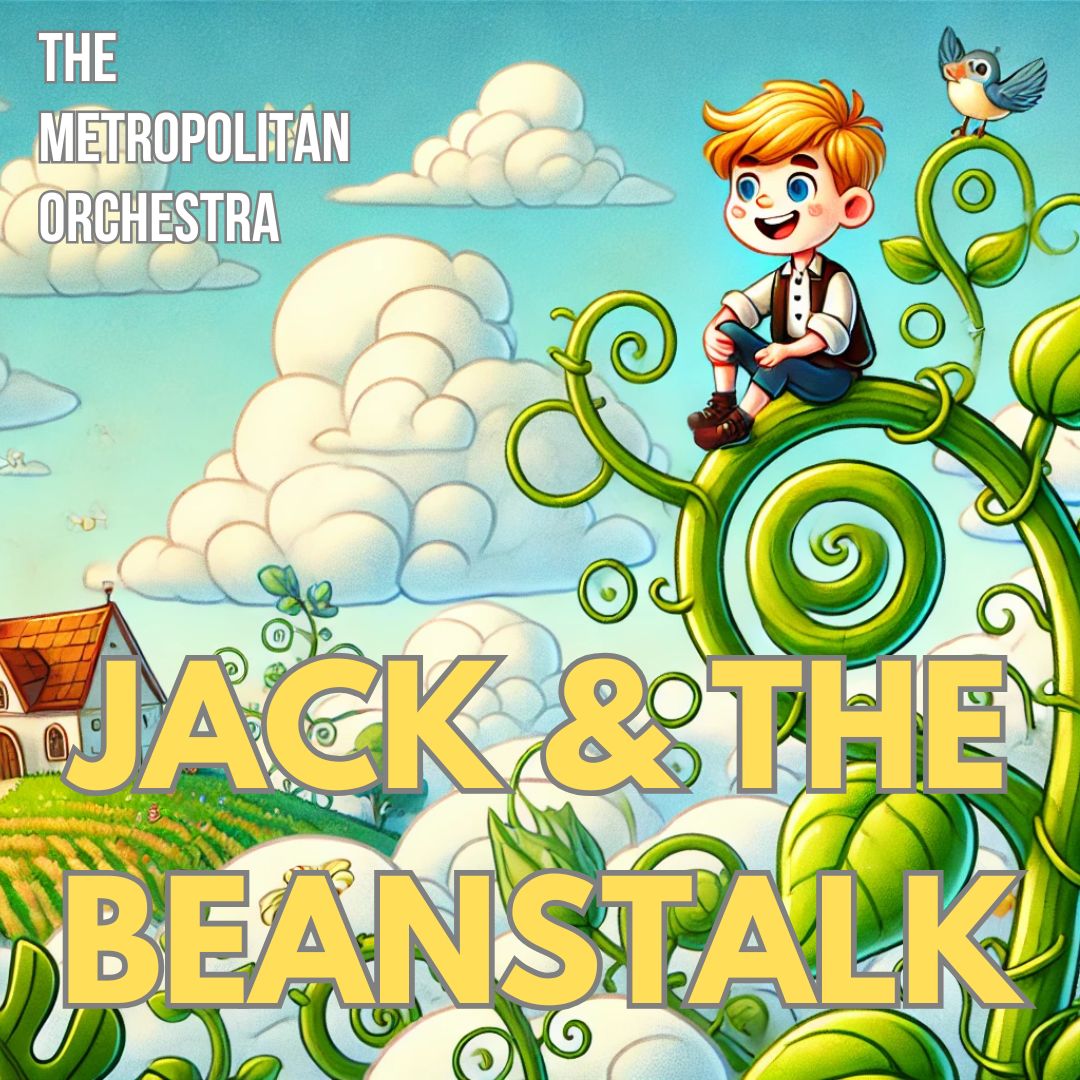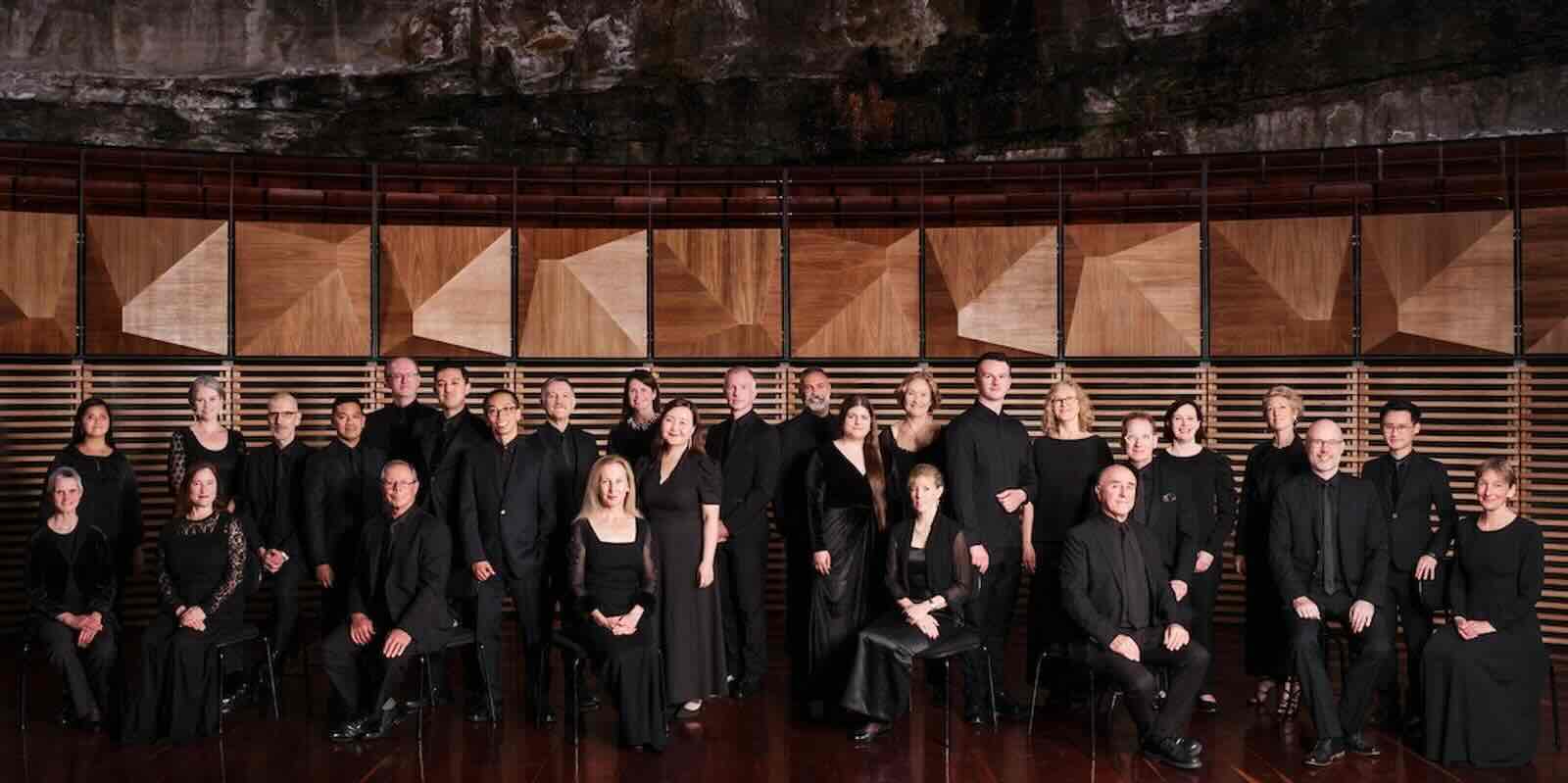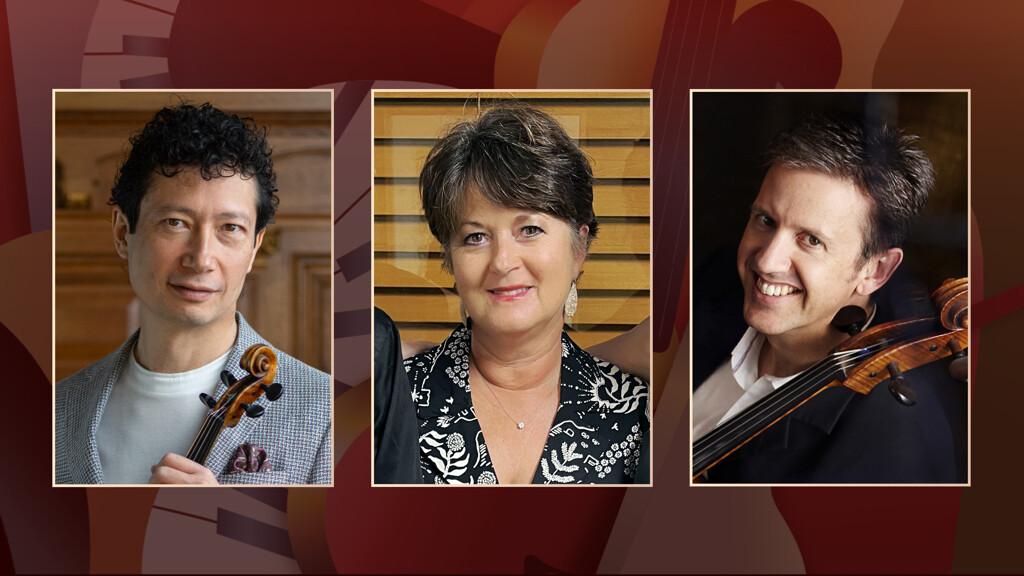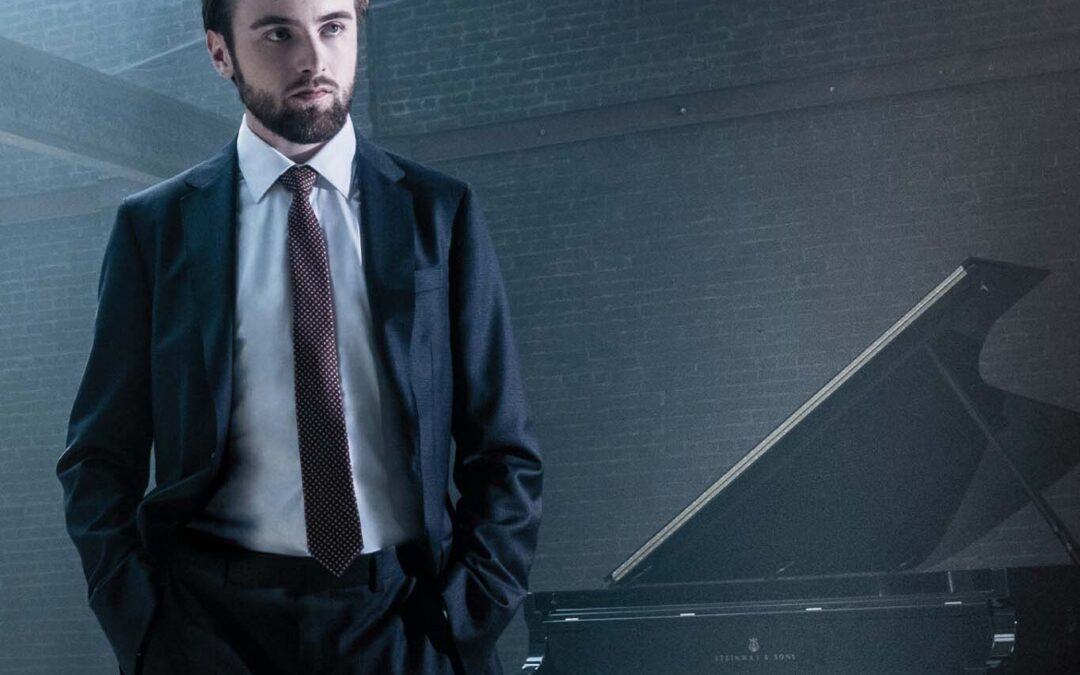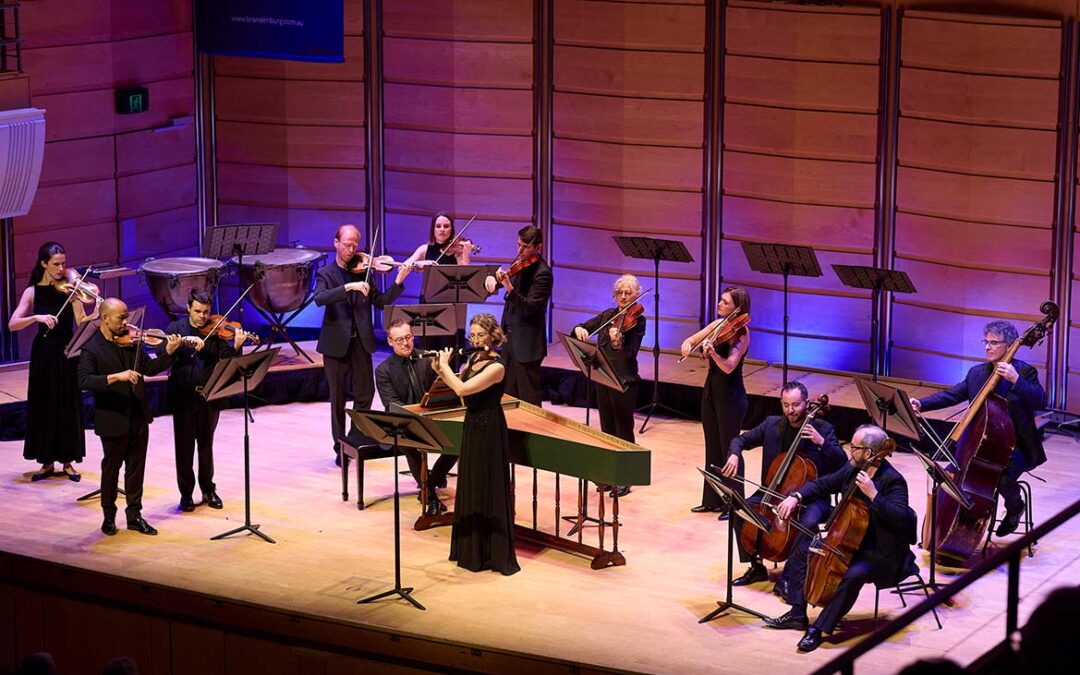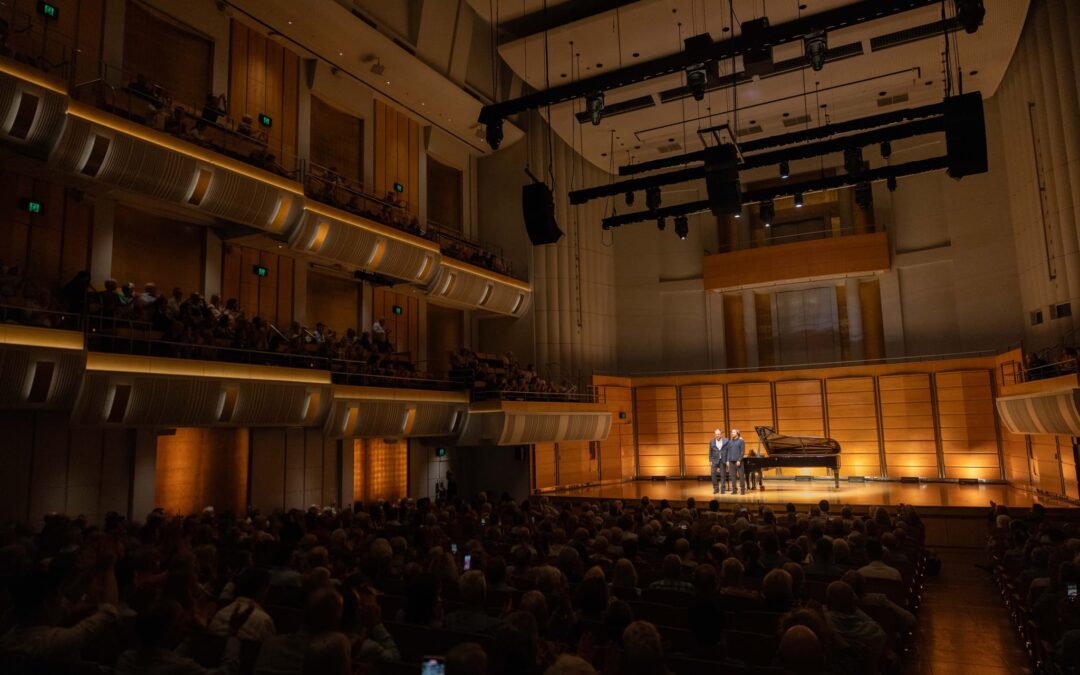Ensemble Offspring | Avant Gardens I
April 27, 2024, A Backyard in Inner West Sydney, NSW
In their first Avant Gardens performance of the year, Ensemble Offspring leveraged the innate intimacy of this ‘house concert’ series to offer the audience a wonderfully eclectic program of modern chamber music. Featuring works by composers from Australia and across the globe, this program presented an array of diverse soundworlds – with a focus on different textures and timbres – in a relaxed and welcoming atmosphere.
Upon arrival audience members were offered a drink as they settled into their seats, ready for a night of exploring new sounds presented by some of Australia’s finest performers of modern music. The Ensemble Offspring players featured in this program were Artistic Director and percussionist Claire Edwardes, flautist Lamorna Nightingale, and clarinettist Jason Noble. Edwardes stepped away from the marimba and vibraphone for this performance, instead opting for an array of woodblocks, bongos, temple blocks, and more. Nightingale and Noble were also constantly changing instruments, both performing with four different flutes and clarinets respectively throughout the program.
The result was a performance full of extreme dynamic ranges and textural variety, with nuances appreciated best in the intimate setting. And, as always, there was the typical Ensemble Offspring energy of fun and lightness balanced with the tension and detail each piece required.
The opening work proved an exercise of perfect coordination, as Edwardes and Nightingale performed a single shared line in David Lang’s lend/lease (2008). This piece for unison piccolo and wood blocks by the prolific American composer was commissioned for the birthday celebration of the London Sinfonietta, and was inspired by the ‘spirit of International Brotherhood’ between the US and UK. The combined colours of the piccolo and woodblock created a line with a unique overall timbre, as they performed together as a single unit.
This was followed by a flute and clarinet duo by Japanese composer Dai Fujikura entitled Twin Tweets (2019). This work, composed originally for two clarinets, was inspired not by birdsong itself but instead by the movement of two birds flying. This was apparent in the way the two lines danced around each other, neither fighting to lead. Nightingale and Noble themselves embodied this idea as they breathed and moved in a complementary way throughout their performance. The use of flutter-tongue within the work was a particularly evocative gesture which helped paint the image of the fluttering wings of birds.
Renowned Australian composer Larry Sitsky’s work Zuqerq (1984) presented yet another soundworld, one inspired by Armenian scales and folk tunes. The word ‘Zuqerq’ itself means duet in Armenian, and this one consisted of an E flat clarinet and bongos. Noble and Edwardes brought the energy into the room as winding clarinet lines were punctuated by the beat of the bongos. This was countered by some more mellow moments, before the energy ramped up again and the clarinet soared higher in its dance.
Yoik II (2021) by English composer Tansy Davies was another bird-inspired work in the program – specifically inspired by geese. This flute solo in two parts alternated between fluid fast-moving lines and fragmented percussive passages. Nightingale seamlessly navigated between the contrasting material as she performed each gesture with conviction, before fading away on the final calling motif.
The highlight of the night was the world premiere of Dream Sequence by Sydney-based composer Elizabeth Jigalin. This work is the first of five flute and percussion duets Jigalin is composing with the support of the APRA AMCOS & AMC Art Music Fund, where she will be working with different duos from around the world. Jigalin’s familiarity with Nightingale and Edwardes meant that this work was written with their versatility as performers in mind, and their performance certainly confirmed this. The work captured the surreal impression of dream sequences in old silent films, with constantly morphing melodies and textures that all unfolded from a simple flute and glockenspiel opening gesture. Alongside the glockenspiel, the percussion setup included some less conventional instrumentation such as tuned rice bowls and a ‘nano-bug’ in a metal bowl. When switched on, the ‘nano-bug’ created a jittering percussive accompaniment for Edwardes to perform other elements atop of. Dream Sequence explored musical extremes with louder moments of tension and quieter ones of reflection, offering the audience a delightfully dizzying, dreamlike experience.
Another notable moment of this program was when Noble brought out his contrabass clarinet to perform Italian composer Giacinto Scelsi’s work Maknongan (1976). This overtone-rich solo consumed the space, where the lowest of notes were not only heard, but felt. In his score, Scelsi asks the performer to vary the pitches however they can, and Noble presented subtle quarter tones in response to this request. This performance was truly a meditative, full body experience.
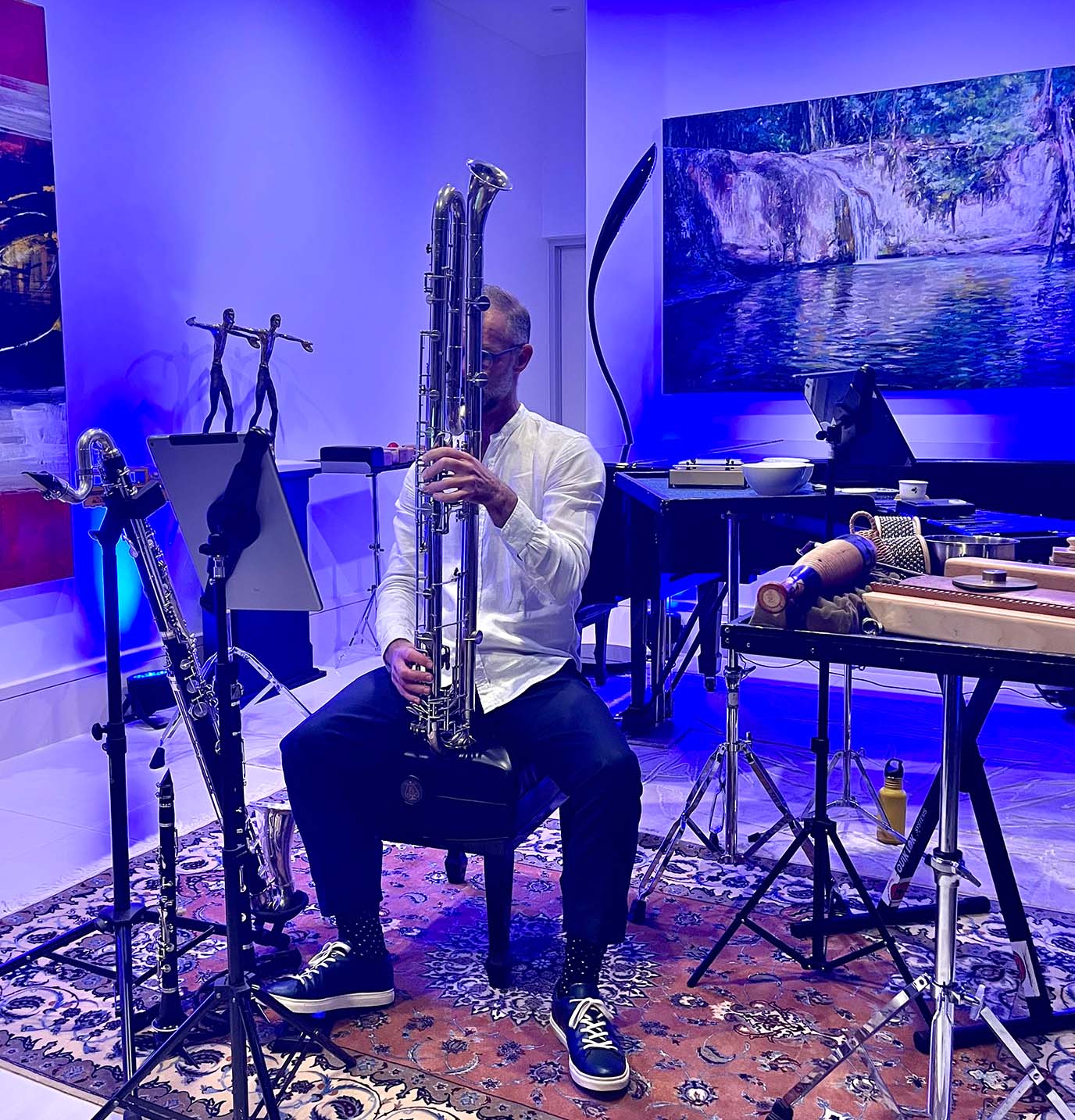
Temple (2015) by distinctive Australian composer Michael Smetanin was the final solo for the night, and like the name suggests, it was composed for temple blocks. With the clear limitation that only 5 discrete pitches creates, Smetanin manages to draw out numerous patterns and rhythms with expressive dynamic phrasing to create interest. The piece also featured a wonderful cadenza which Edwardes herself added in collaboration with the composer.
The final work of the night was a memorable performance of Brazilian composer Alexandre Lunsqui’s Topografia Index 3A. This trio was inspired by the mapping of mountains in central Brazil, with the process of constructing the composition likened to that of a grid on a map. The wide range of colours explored in this work included extensions of the usual sounds the instruments made, with overall textures being matched across the ensemble by the different instruments. The percussion part included uncommon gestures such as dipping a ringing crotale in water, and bowing a flexatone, and all three performers mimicked these sounds through vocalisations that would seem purely comical if not for their effectiveness. All of these intricacies within the sounds explored helped construct a wonderfully rich textural experience for the audience to immerse themselves in.
After the performance, audience members were invited to enjoy an array of savoury snacks and sweet treats organised by the hosts of this beautifully intimate ‘house concert’. This was accompanied by friends catching up, and discussions of the delightfully eclectic program. There is no doubt Ensemble Offspring’s audience are now eagerly awaiting the next iteration of ‘Avant Gardens’.

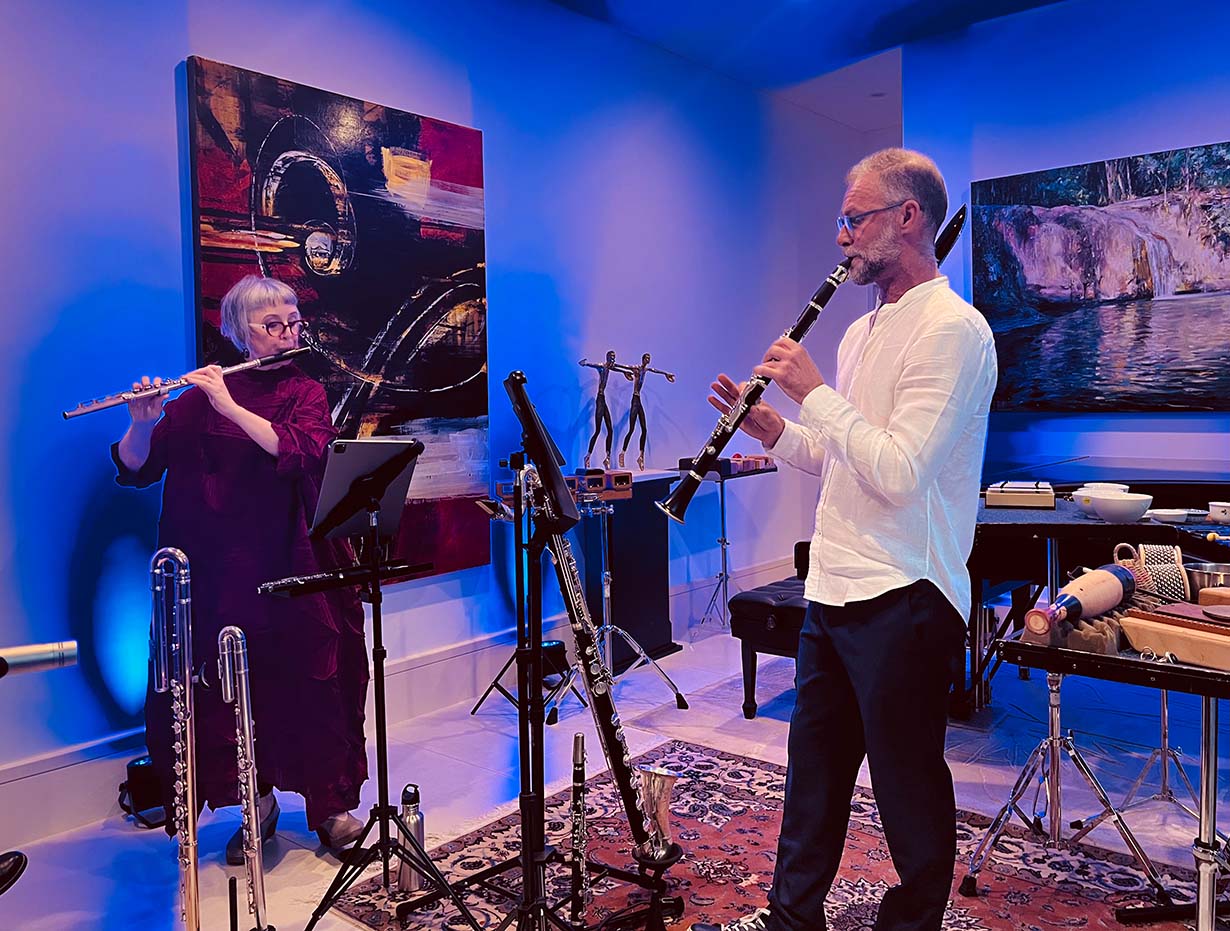
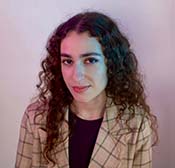 Guest reviewer: Isabella Rahme
Guest reviewer: Isabella Rahme
